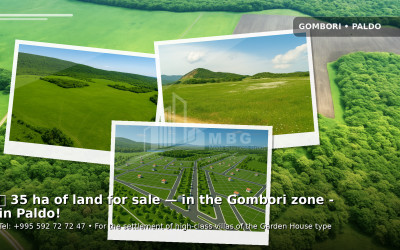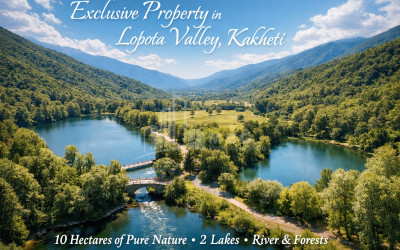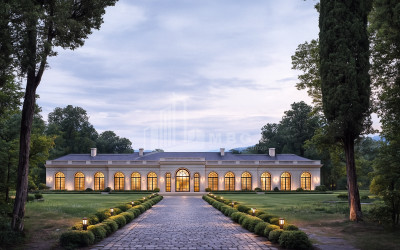Bakhmaro - a small town and resort in Guria, Chokhatauri municipality. Bakhmaro is a climatic highland resort where the main healing factor is the mixed mountain and sea climate. The resort is located in a cave rich in spruce and spruce, 1926-2050 meters above sea level. The healing properties of Bakhmaro were discovered in the 1890s and its establishment as a resort began immediately. In 1923 it was officially granted the status of a resort. The Bakhmaro season lasts for about two months in the summer and culminates in a traditional horse race and celebration on August 19 each year.
- According to Yuri Sikharulidze, Bakhmaro is of Svan origin and means the passage of a man. "Bach" is a passage, and "Maro" is a variant of the Svan "mares", which means man. According to legend, the name of the resort is associated with the wife of a beautiful prince, Maro. Maro was kidnapped by the Turks, and the pursued pursuer was stabbed to death with a dagger, and on the next stone, they wrote in his own blood: "Bach Maro" - Look at your Maro.
The weather
- Bakhmaro is open from the west, thanks to which the warm sea wind - Breeze digs in the valley. Spring and summer are dominated by north and northeast winds. Abundance of mountain-valley winds (average speed - 2-3 m / s) contributes to good ventilation of the resort, so the air here is always clean and transparent. This creates a high level of scattered ultraviolet radiation. The average annual temperature is 3.4 ° C. Winters here are moderately mild (January average temperature -5.2 ° C), the snow cover is very high (sometimes reaching 4-5 meters) and lasts up to 6 months. Summers are moderately cool and dry (average temperature in August is 13.4 ° C), with sunshine in the range of 1975 hours per year. The holiday season lasts from mid-June to mid-September. It may even snow at the end of September. The average annual rainfall is 1900 mm, the relative humidity is 73%.
Flora
Vegetation in the vicinity of Bakhmaro varies regularly, both in terms of distance from the sea and altitude. Polydominant mixed deciduous forests prevail up to 1000-1200 m above sea level, where the forest-forming species are: chestnut, beech, oak, Caucasian hornbeam, leka, Caucasian lime, alder, alder. Among the oak species, the shrub-type Pontic oak is noteworthy, forming a broad group of tens of hectares above the village of Chkhakoura, on the slopes to the south-west of the Bakhmaro highway.
- Bakhmaro and the surrounding 30,000 desetina land area (ca. 33,000 ha) belonged to the feudal lords of Guria, the Eristavi, whose residence was in the village of Goraberezholu. As far as the Gurians considered cattle-breeding, the cattle were brought here by the population of Ghorjomi gorge, while the Eristavs took the "grass tax" from them. It was one head of cheese for one fattening cow and one buffalo, and one tenth for one fattened goat and one sheep. No duty was applied to non-smoking goods.
- Bakhmaro as a healing place was first noticed by Artem Davididants, a doctor from Ozurgeti region. Davidian served in Ozurgeti since 1875 and had many patients with colds and tuberculosis. He himself was ill with tuberculosis. Davidian sent patients for treatment to Abastumani, Surami, and other resorts until he heard from familiar shepherds that they were protected from the cold by the climate of summer pastures in the mountains of Adjara-Guria. In 1892, Davitian sent several patients with chronic colds to the mountains of Adjara-Guria. The following year he sent more seriously ill people who also had tuberculosis along with the fever (Dimitri Kikodze, brothers Nestor and M. Kontridze, I. Sabashvili). Davidian found that most of the patients returned to recovery. After that, Davityants himself asked the head of the district for chaps and went with them to the mountains of Guria, walked around them and liked Bakhmaro the most. Previously, shepherds would stop at places called Little Bakhmaro and Baisura. Davidians built a small house for himself in Bakhmaro and advised the Gurians to divide it into Bakhmaro districts and build summer houses there. In 1894, summer cottages were already standing in Bakhmaro and the locals were resting. He was still in Bakhmaro with his niece. The expedition stayed in Bakhmaro (BC) from July 1 to August 15. In the same year, about 100 villagers visited Bakhmaro. For the most part it was the Gurian intelligentsia. In 1896, Georgian ethnographer Tedo Sakhokia visited Bakhmaro. According to his description, there were only a few houses in Bakhmaro at that time. Paths from Vaniskedi, Metsieti, Vakijviri and Khevi were used to reach it. From 1896 Bakhmaro and his lands passed into treasury ownership. The resort was managed by the Bakhmaro Cooperative Society Board.

 ka
ka
 en
en
 ru
ru




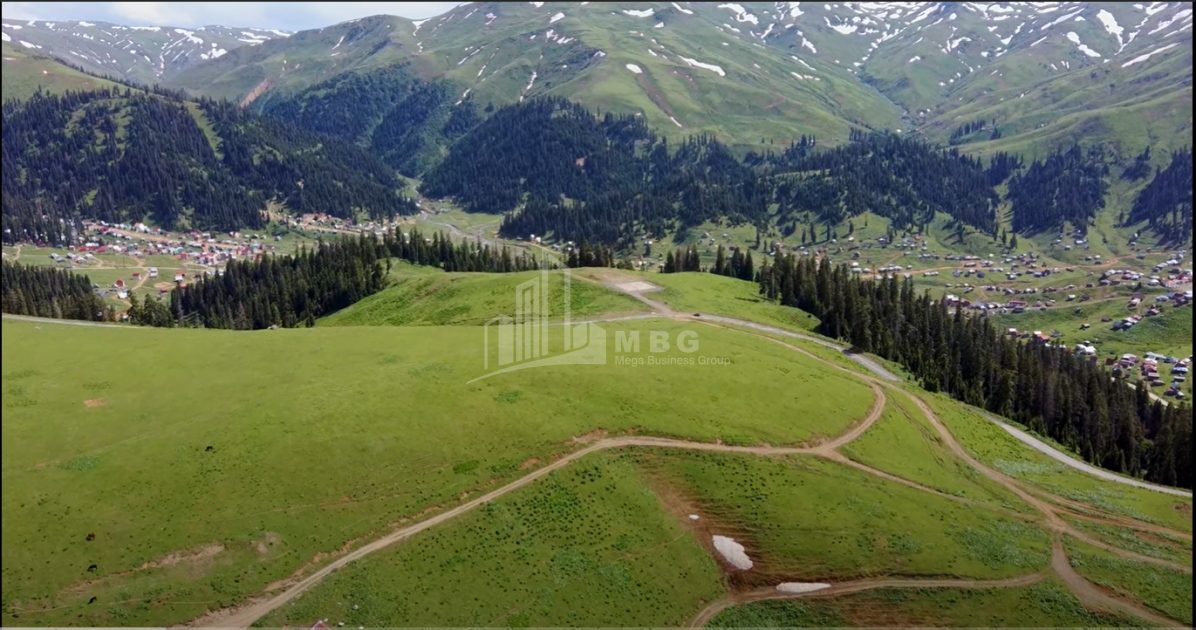

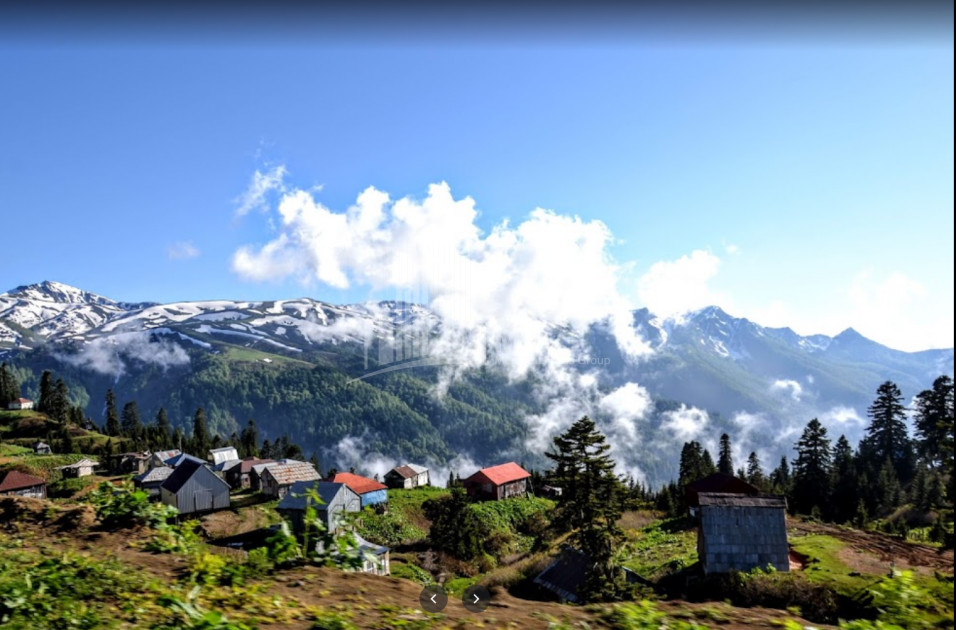

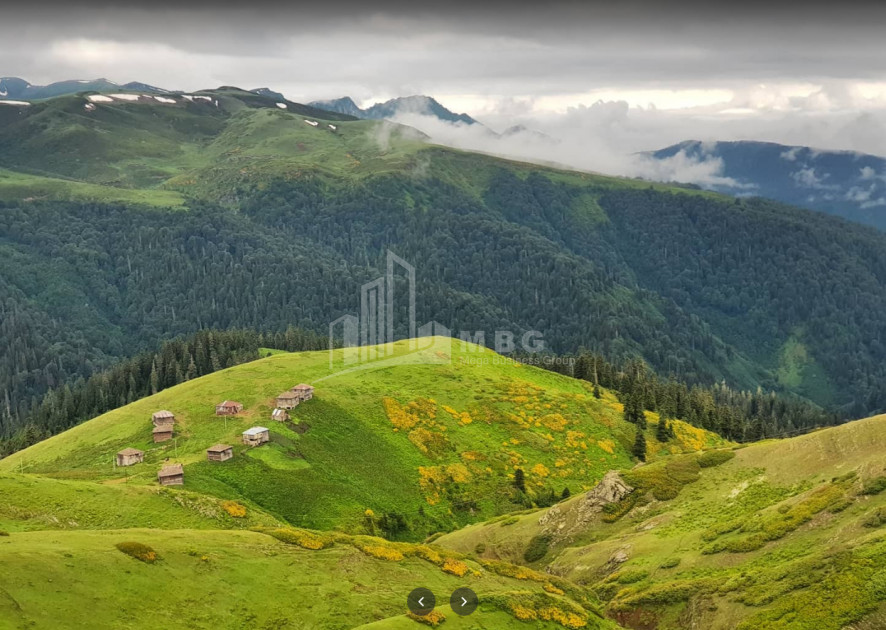
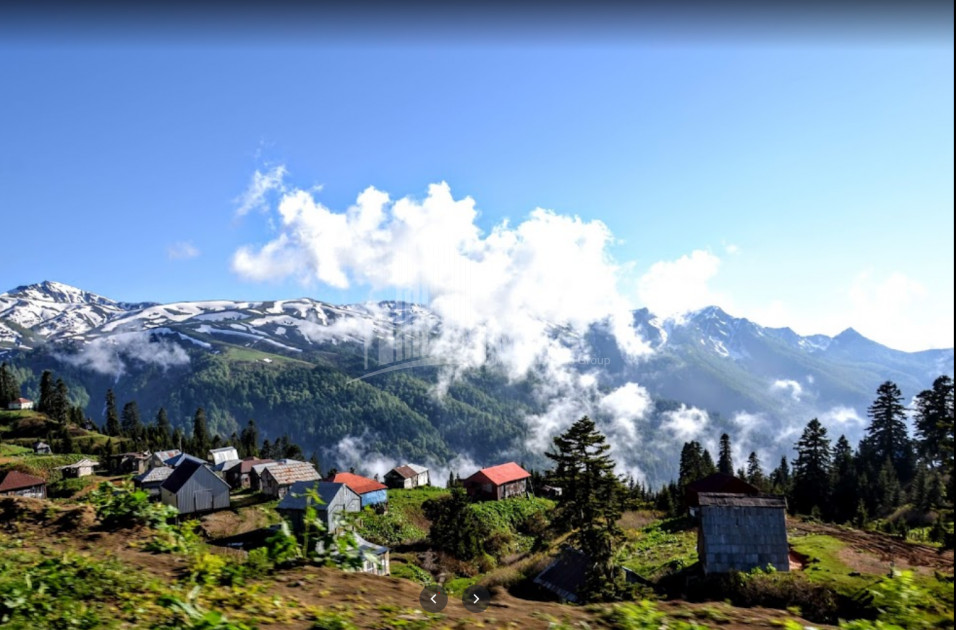
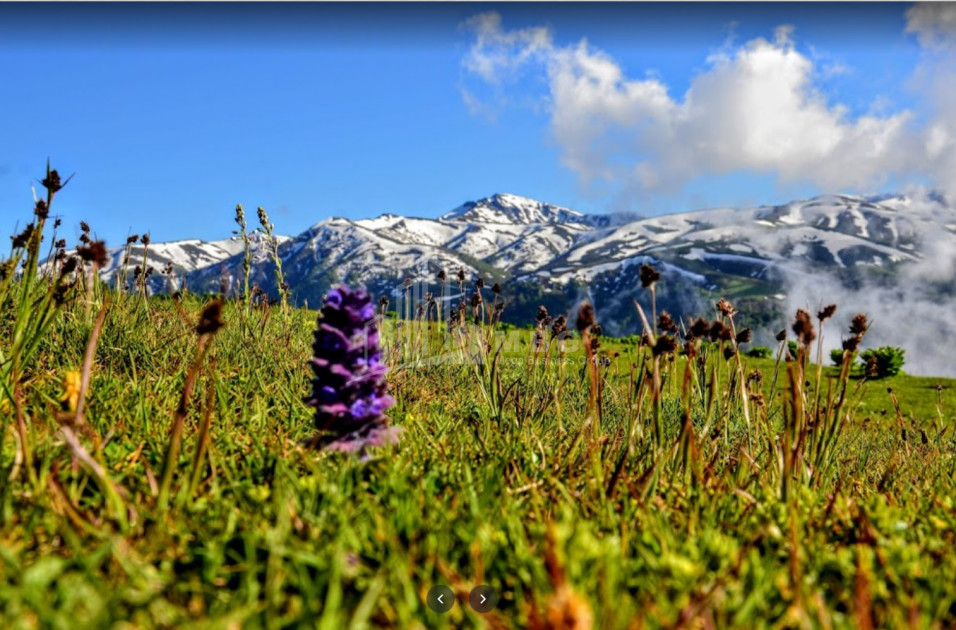

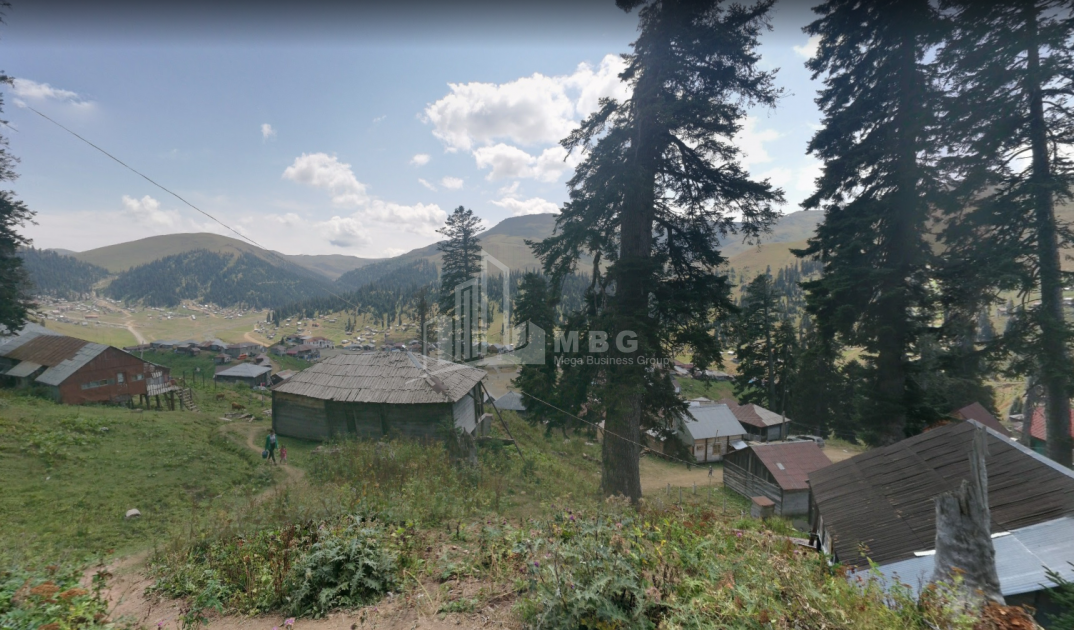
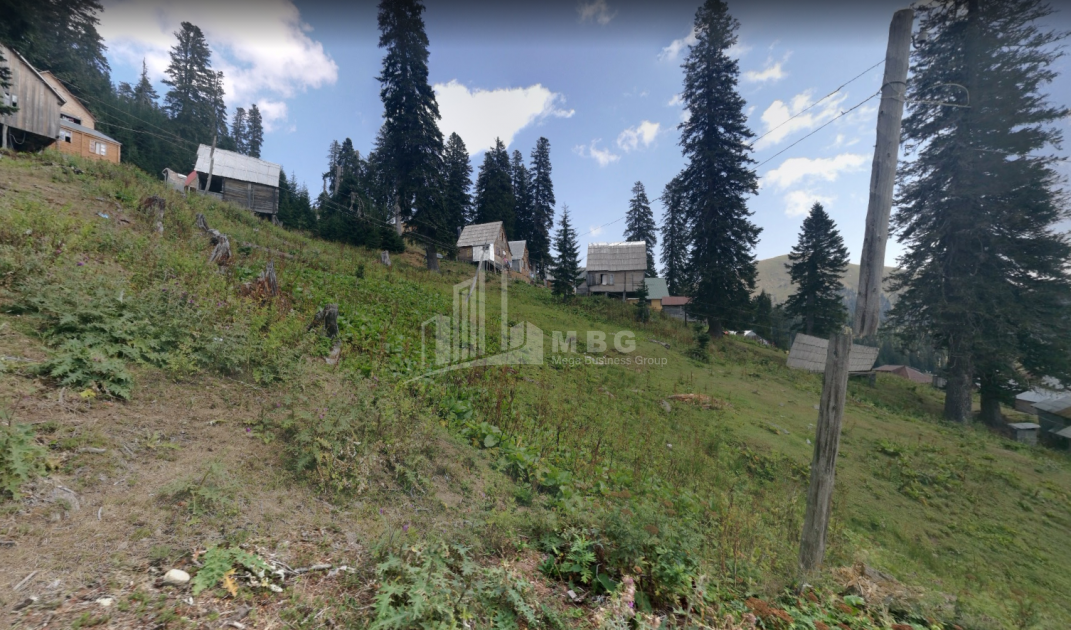
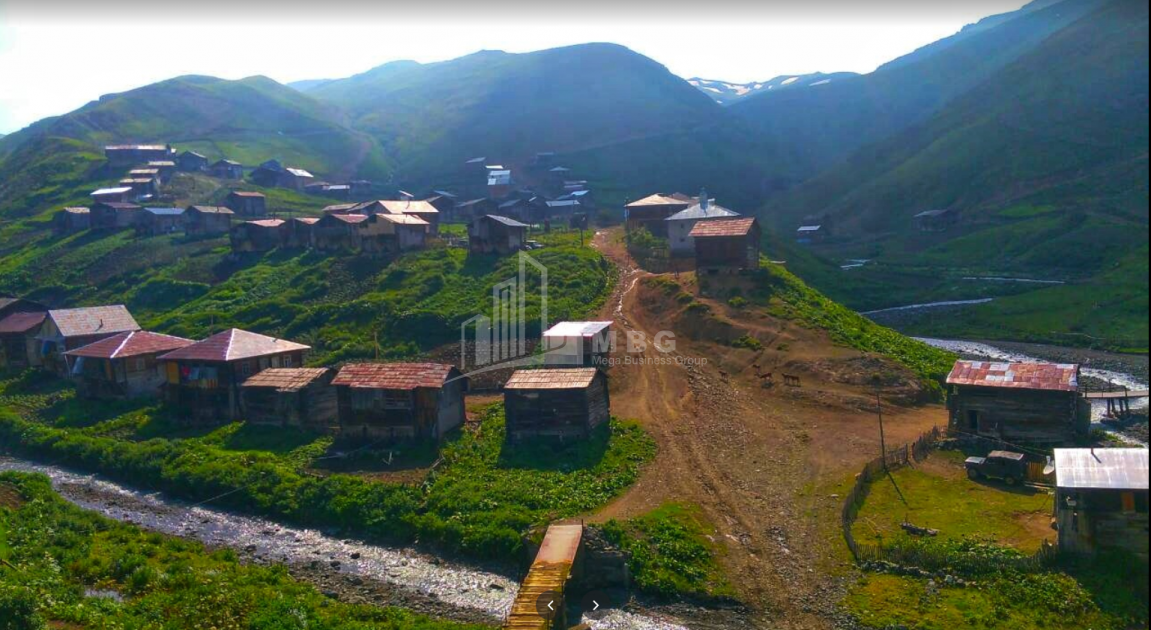
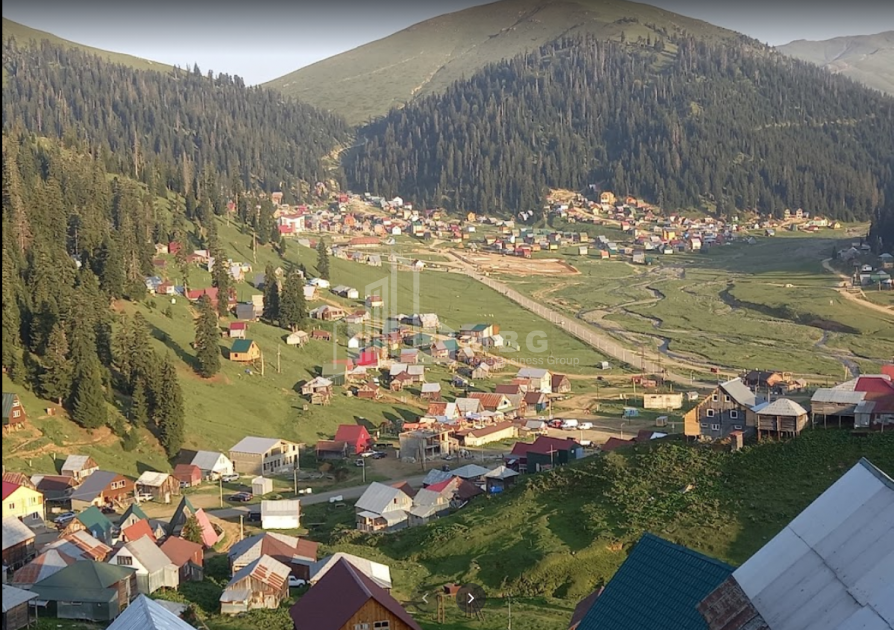
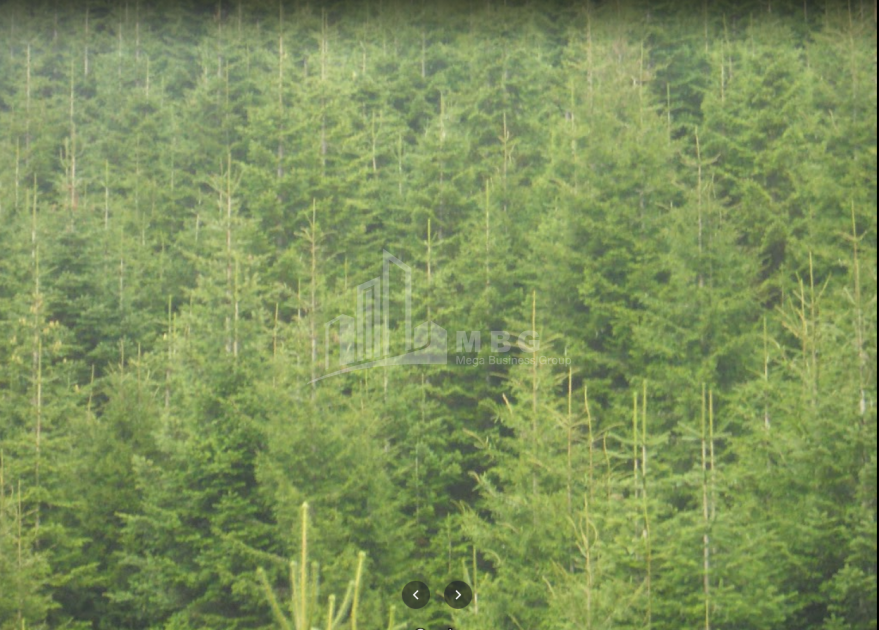
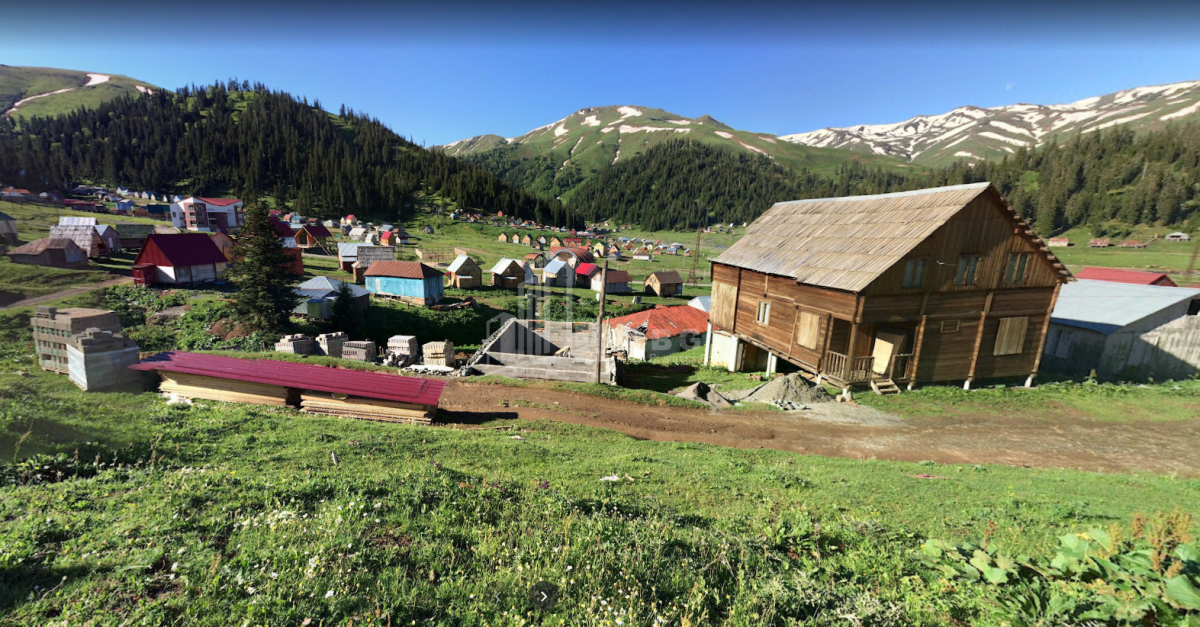
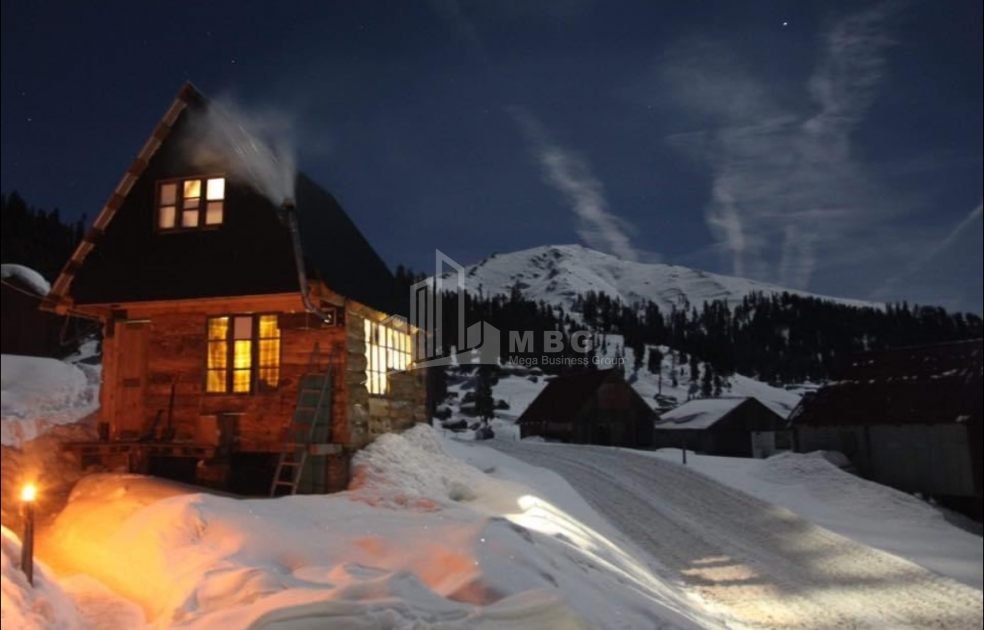
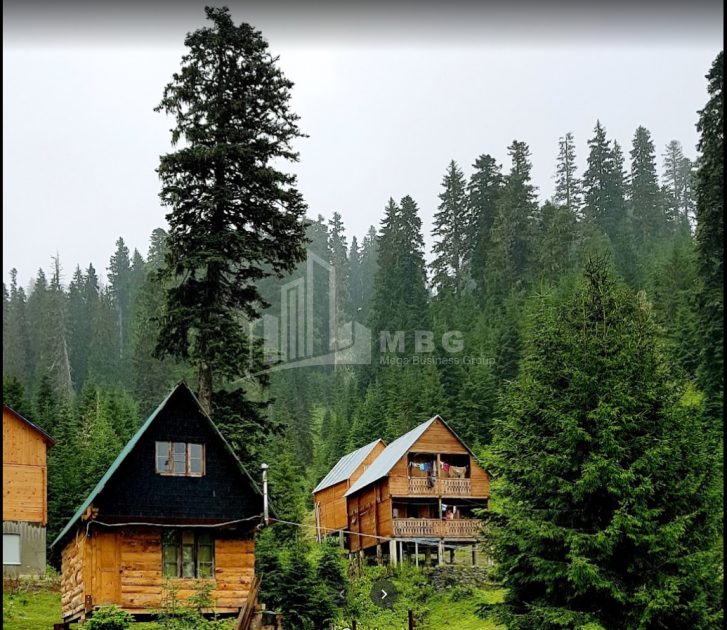
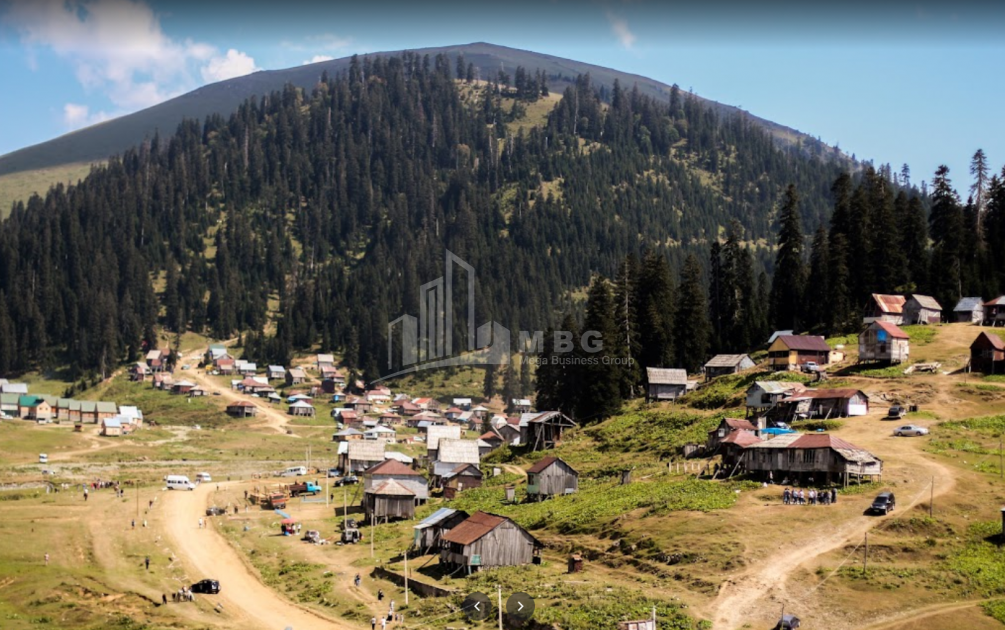
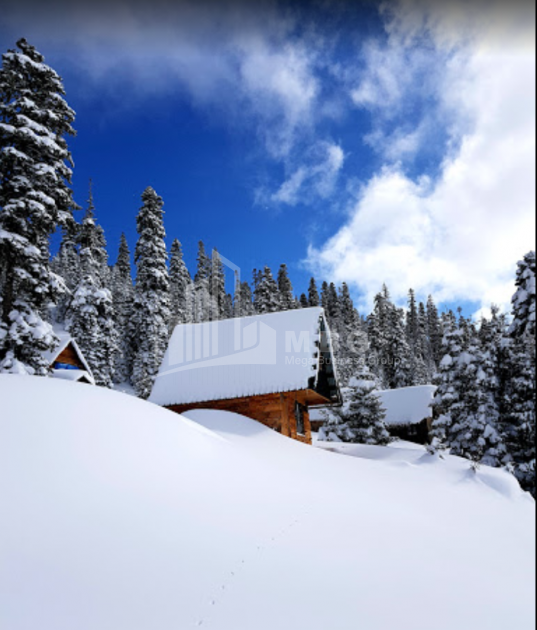
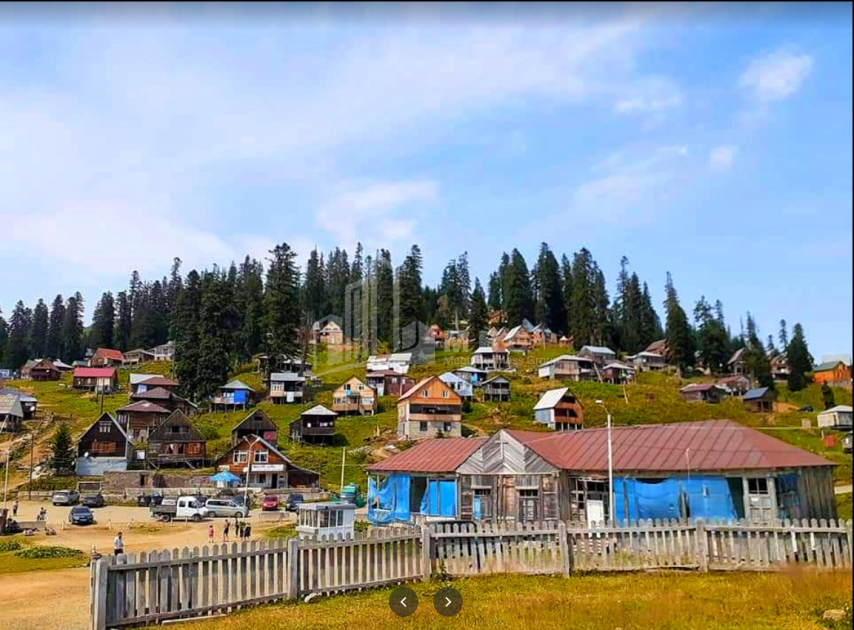
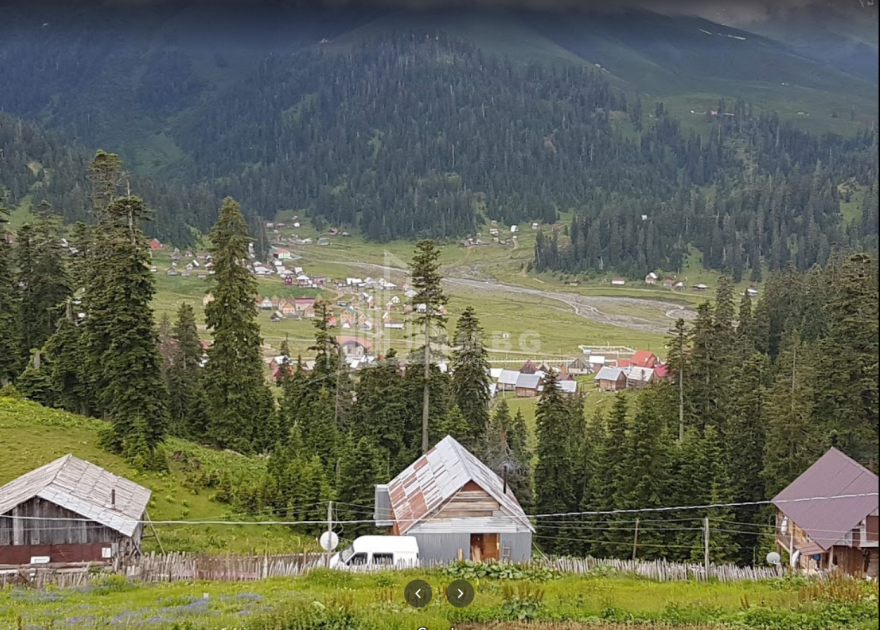
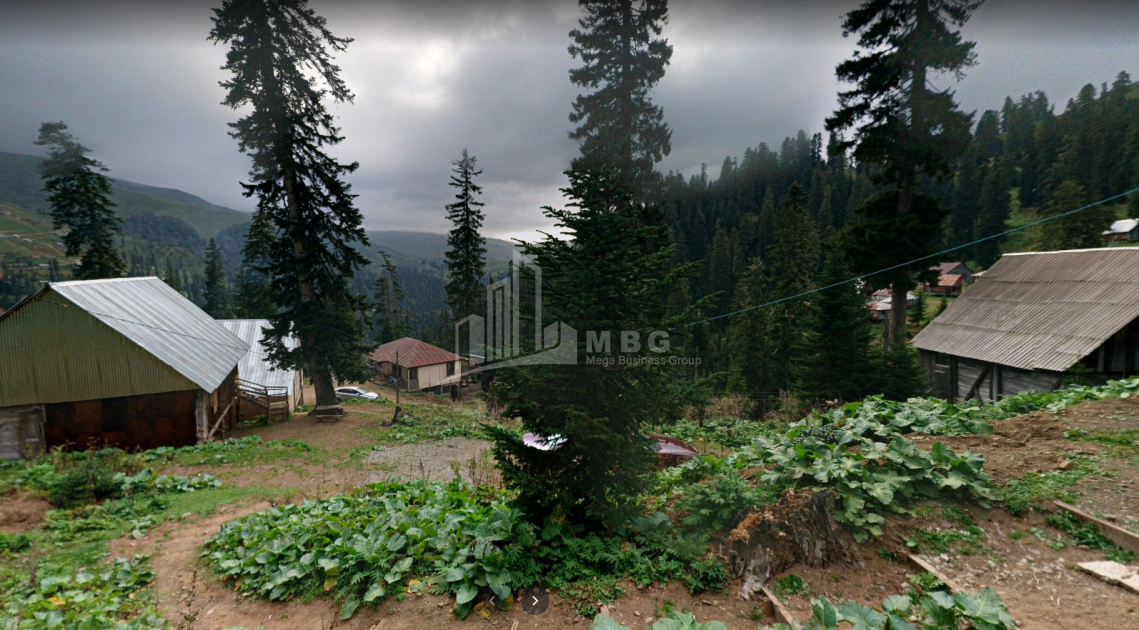

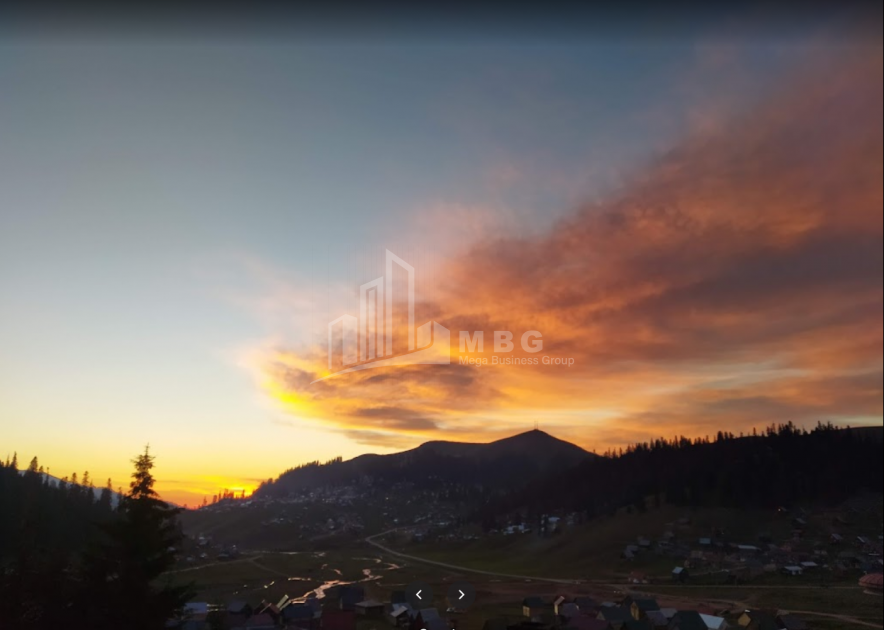
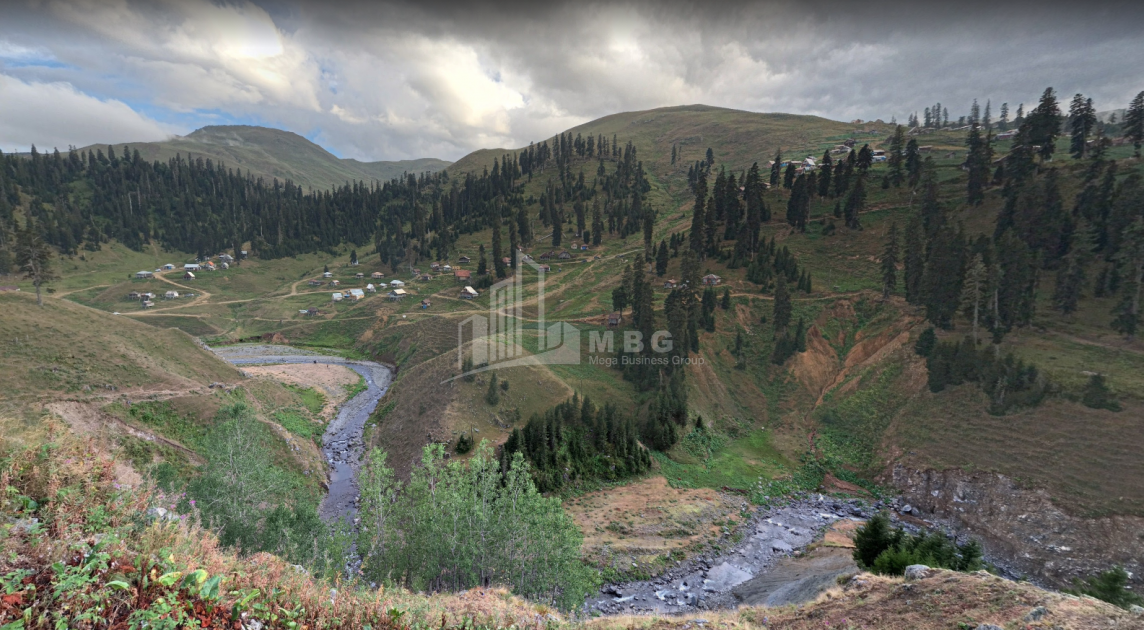

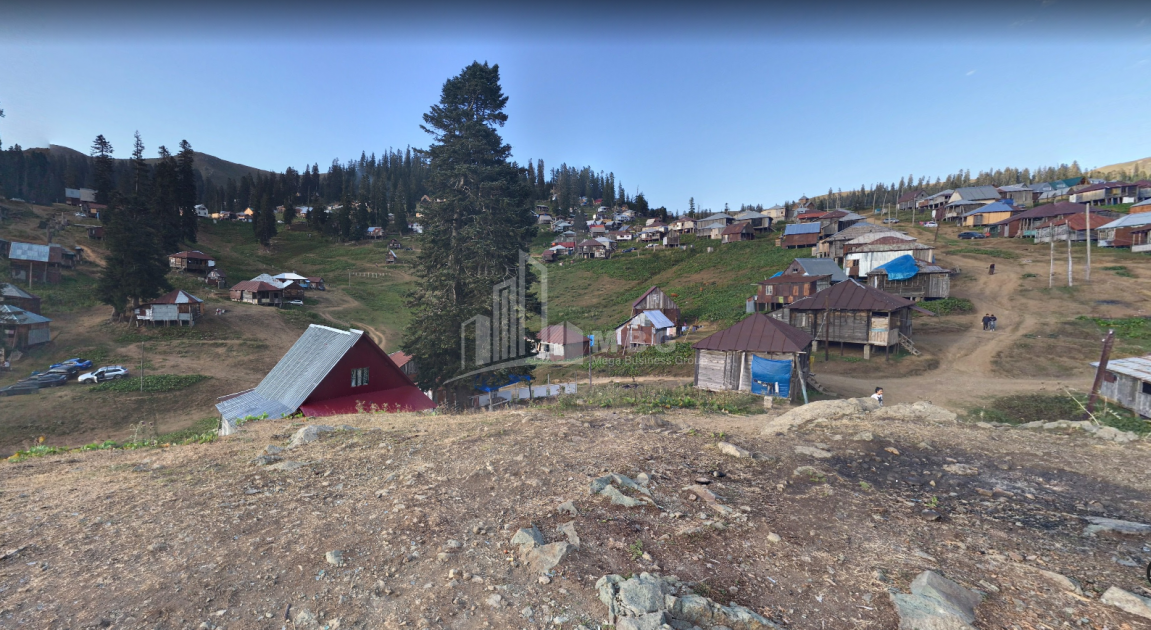


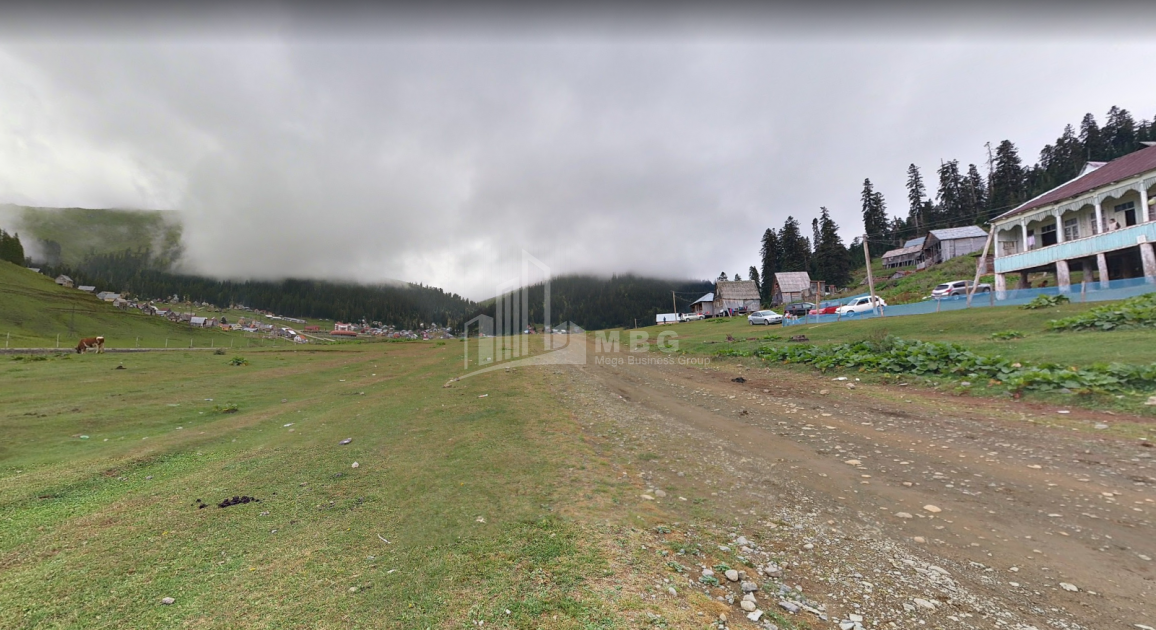
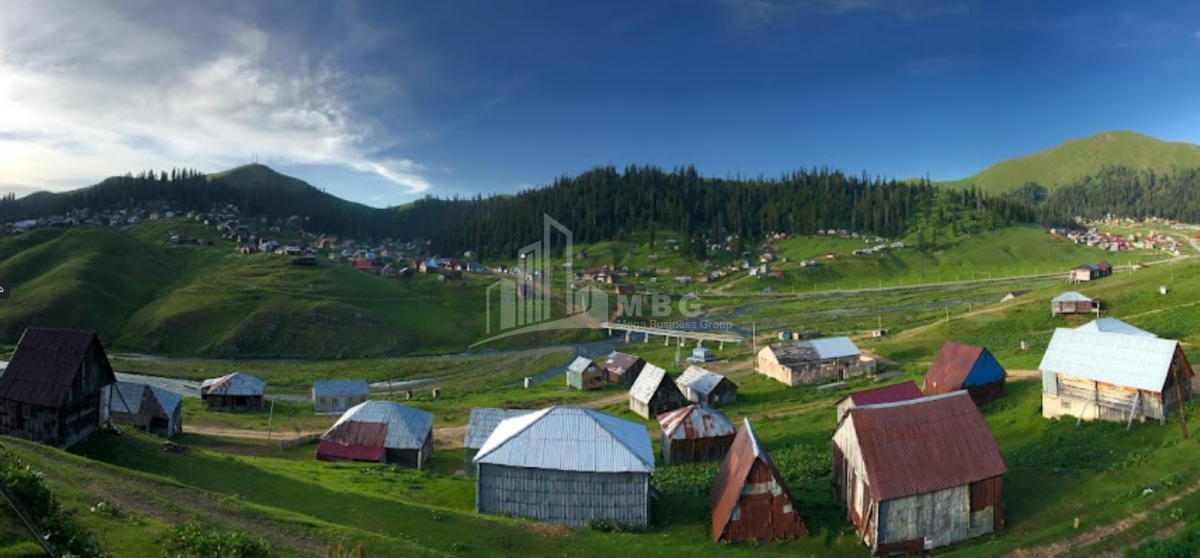
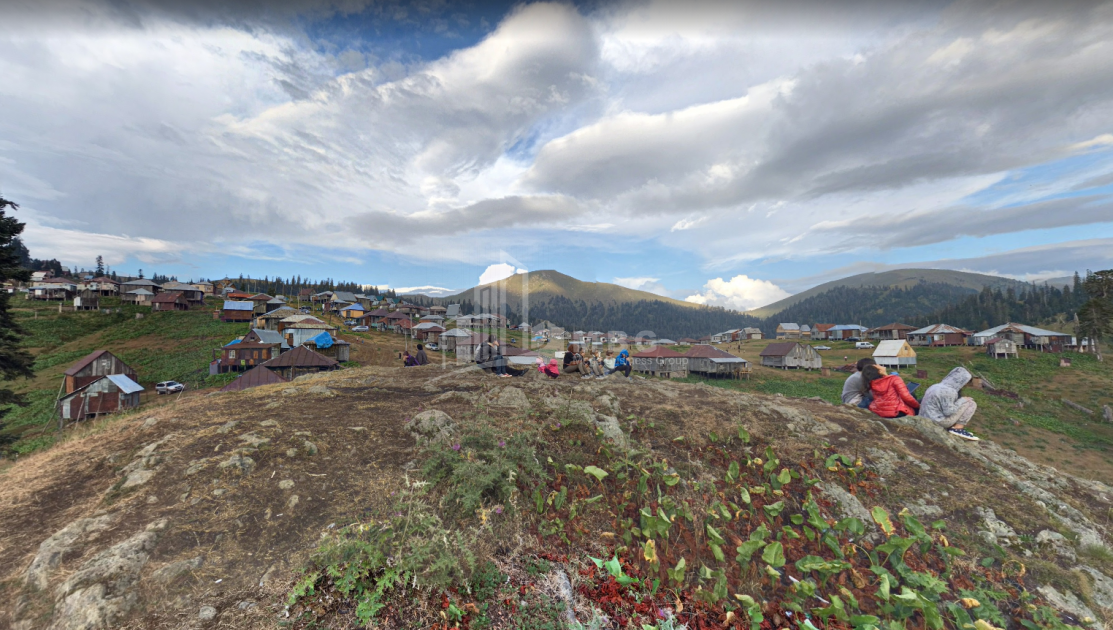
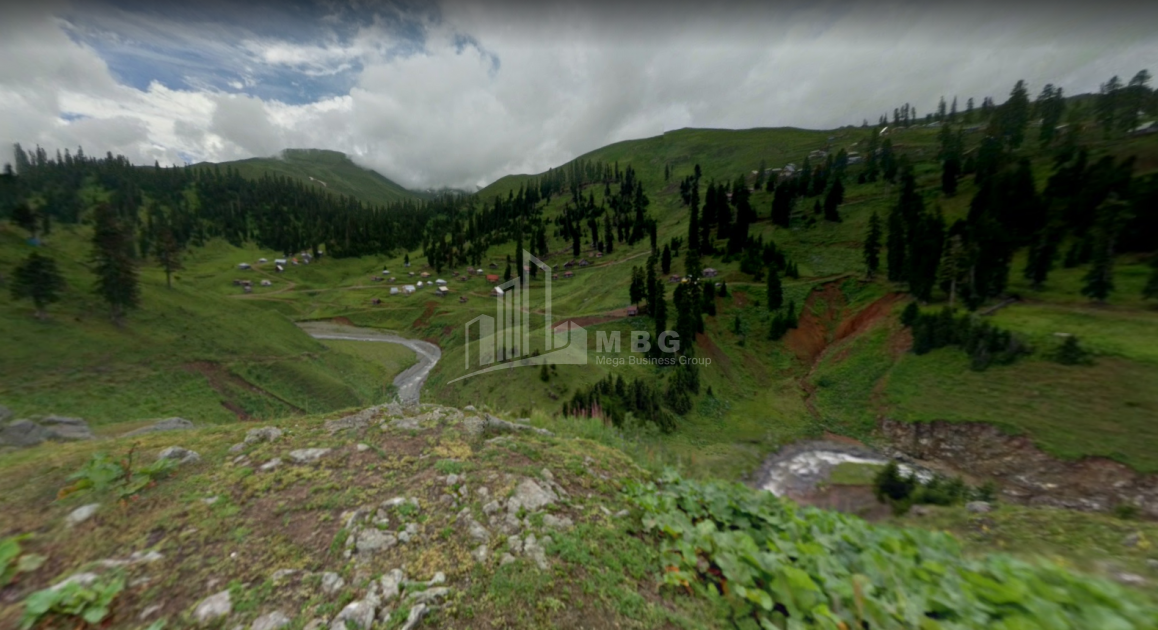
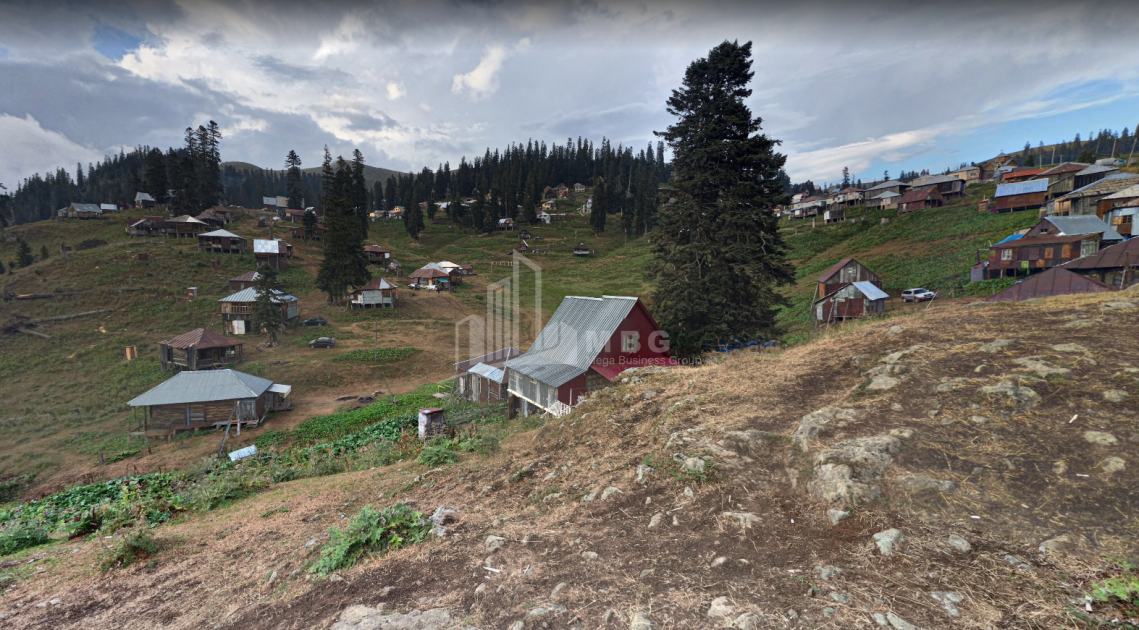
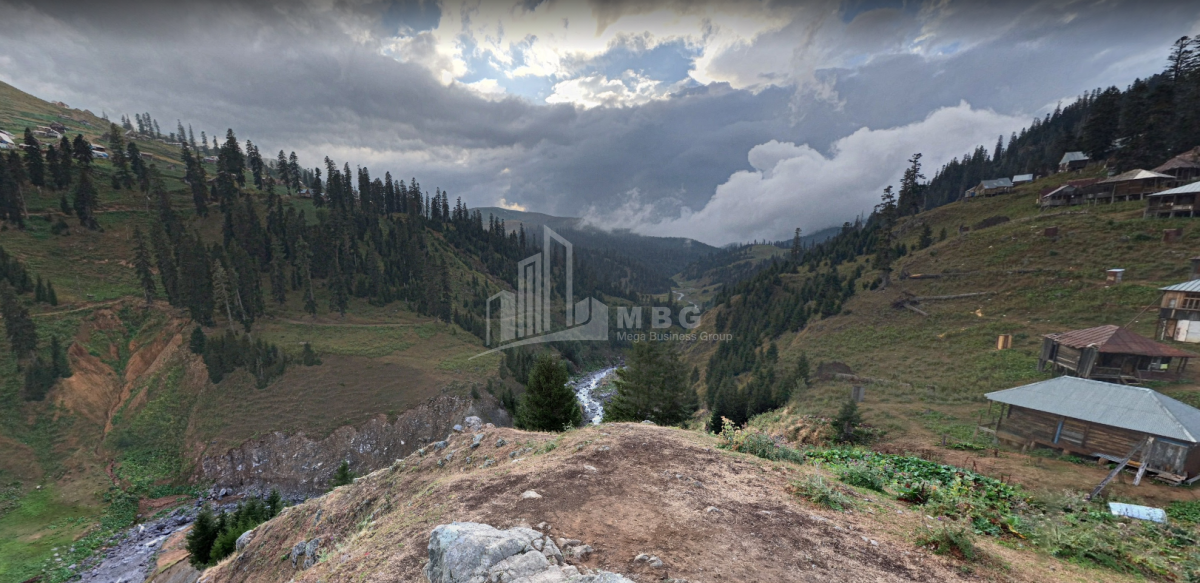
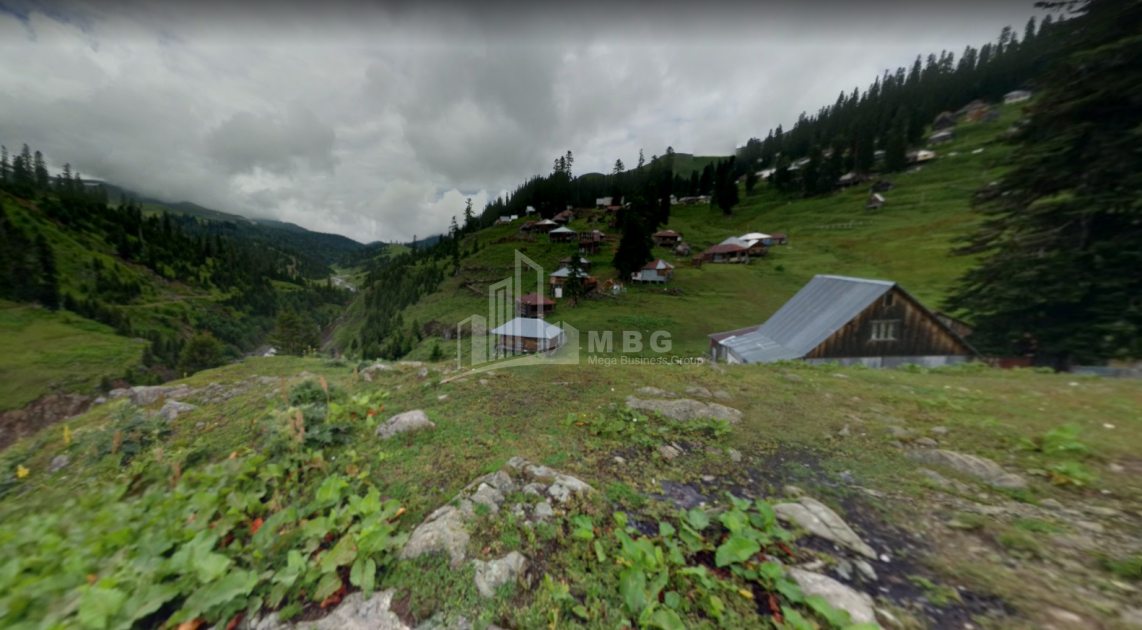
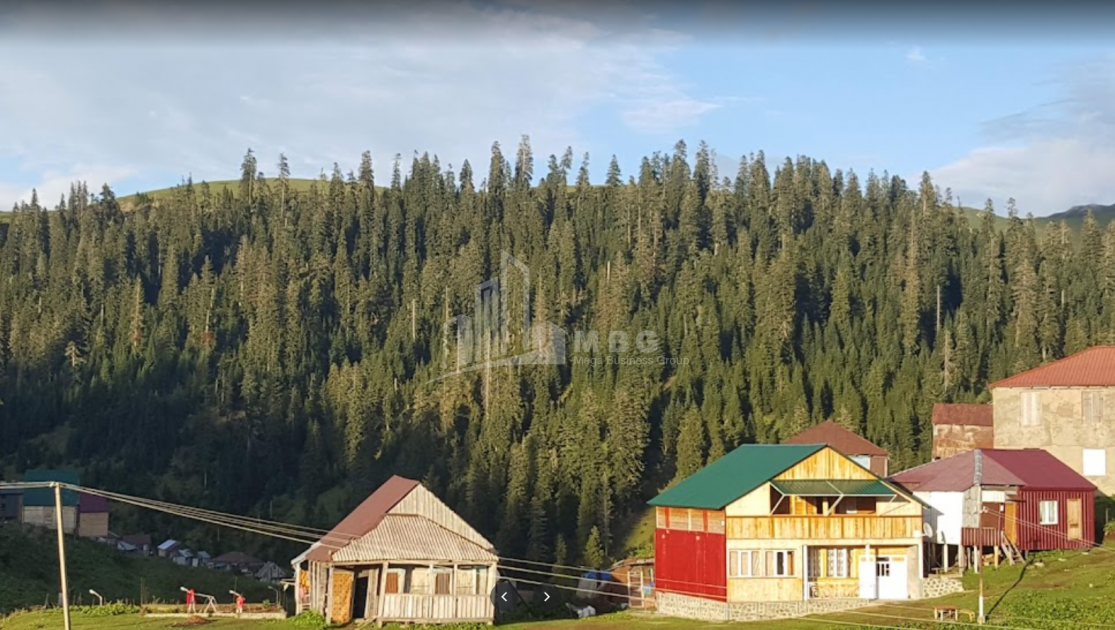
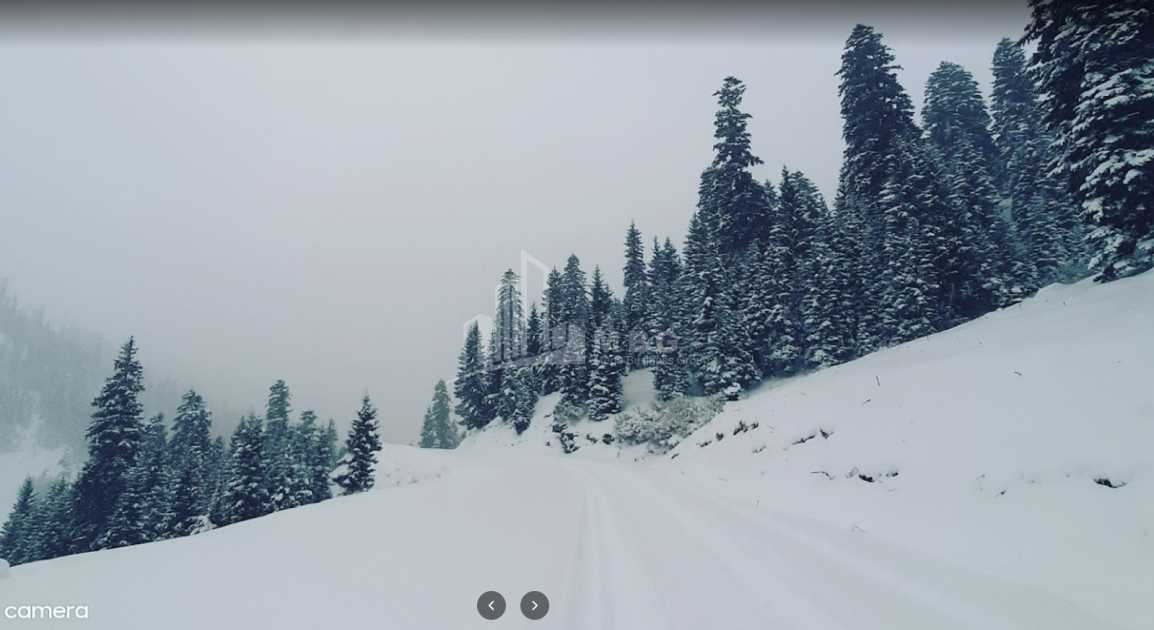


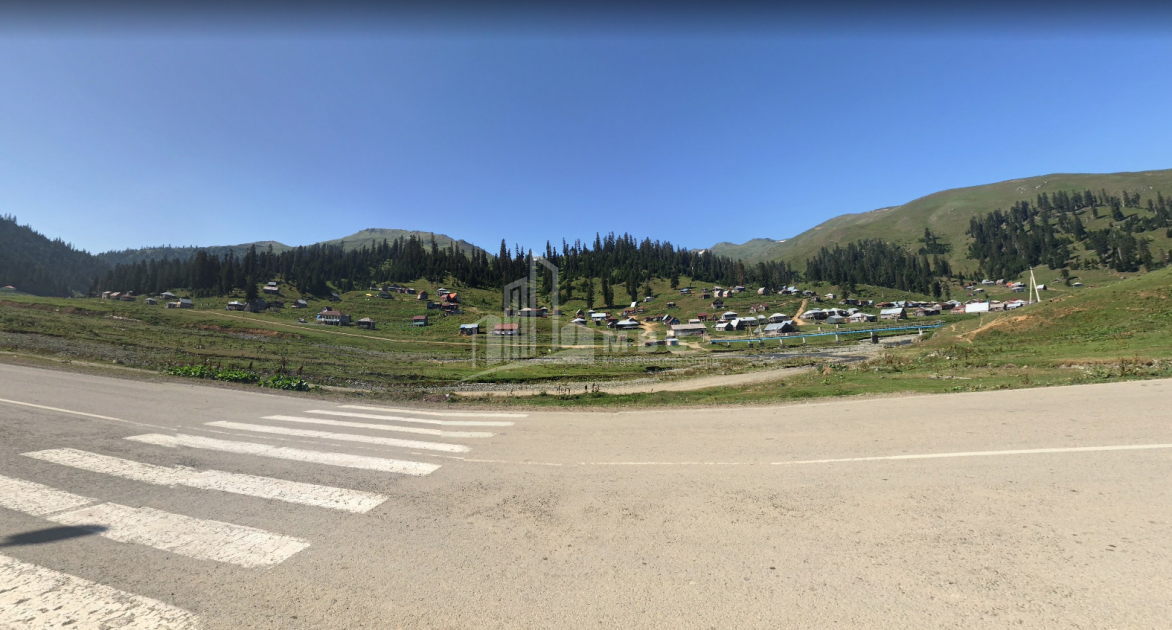
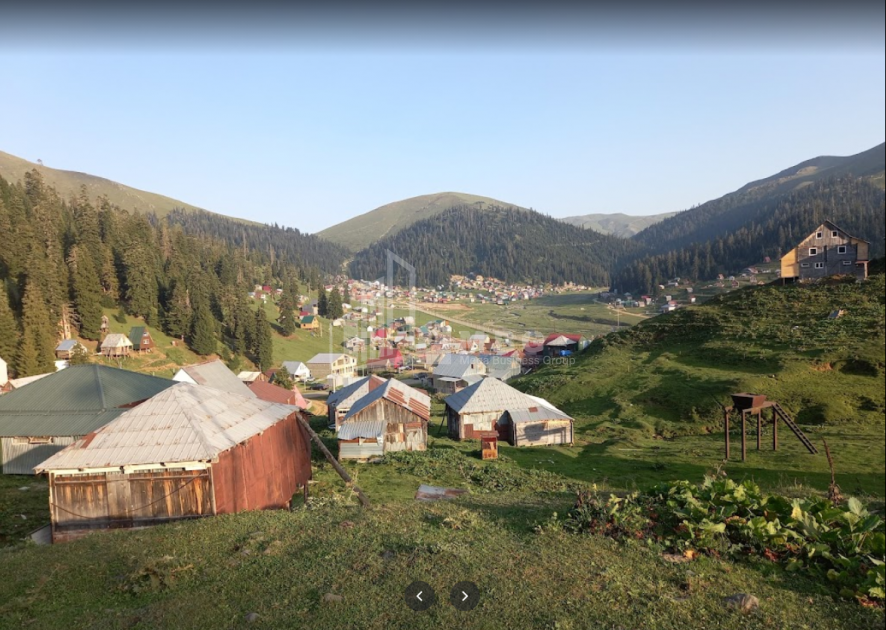
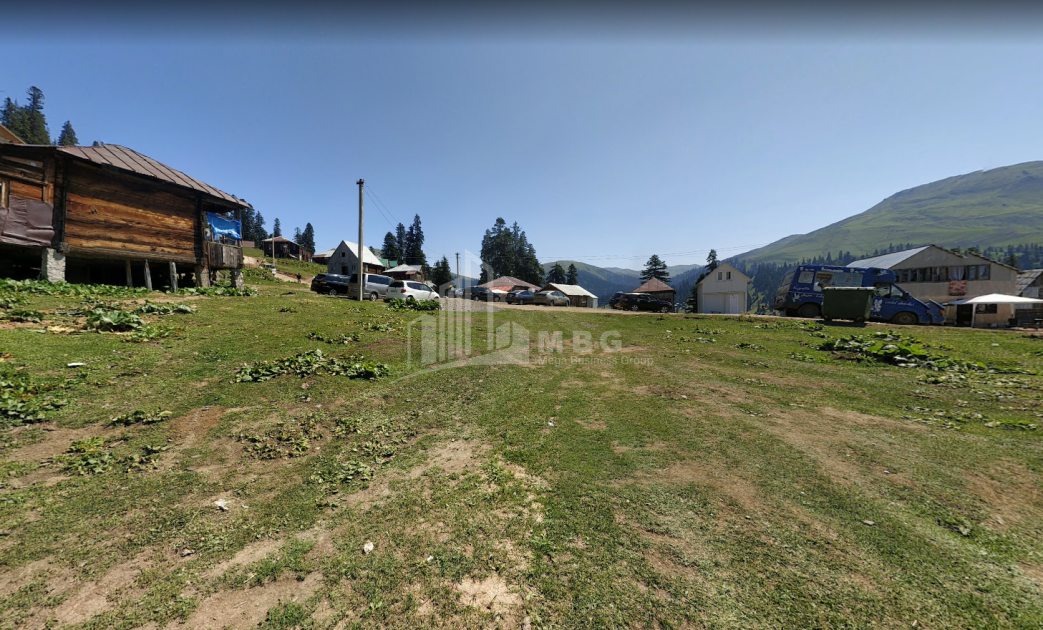
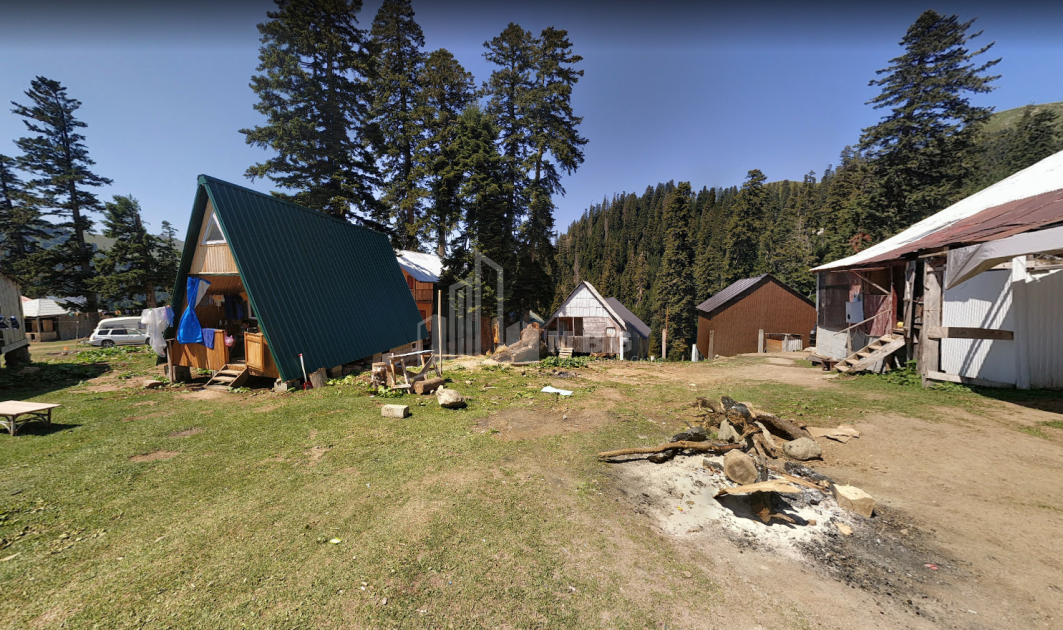
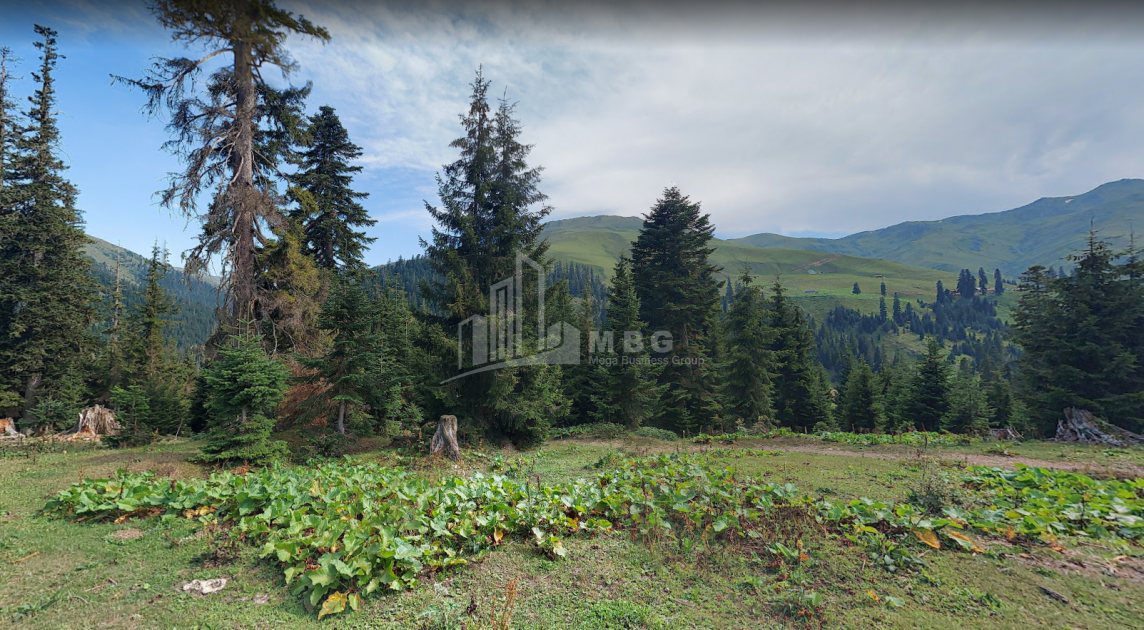
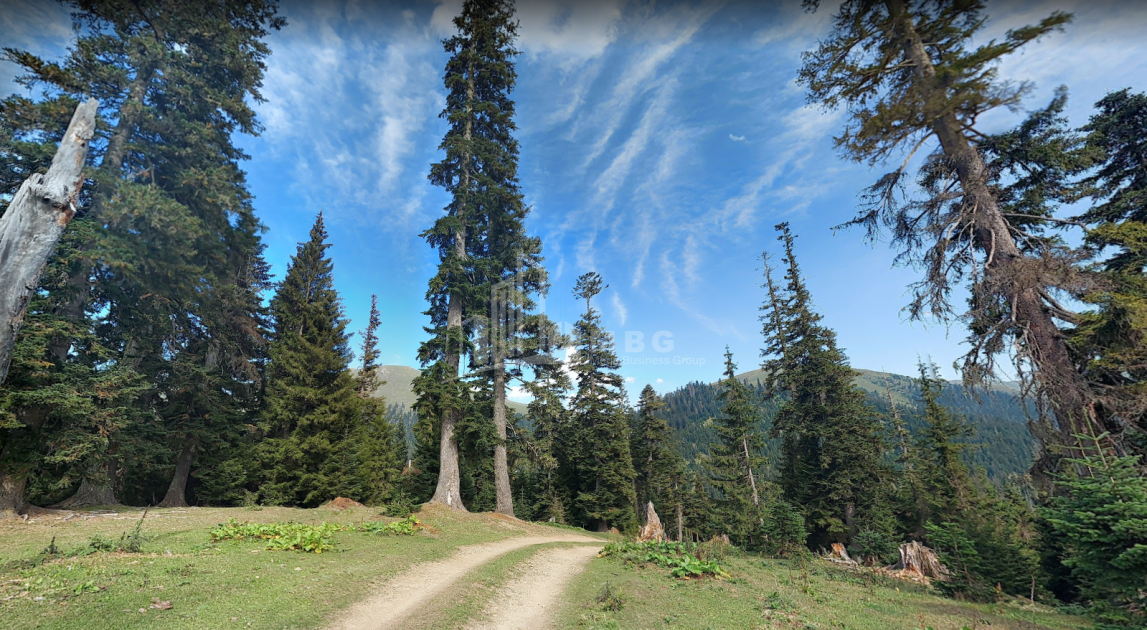
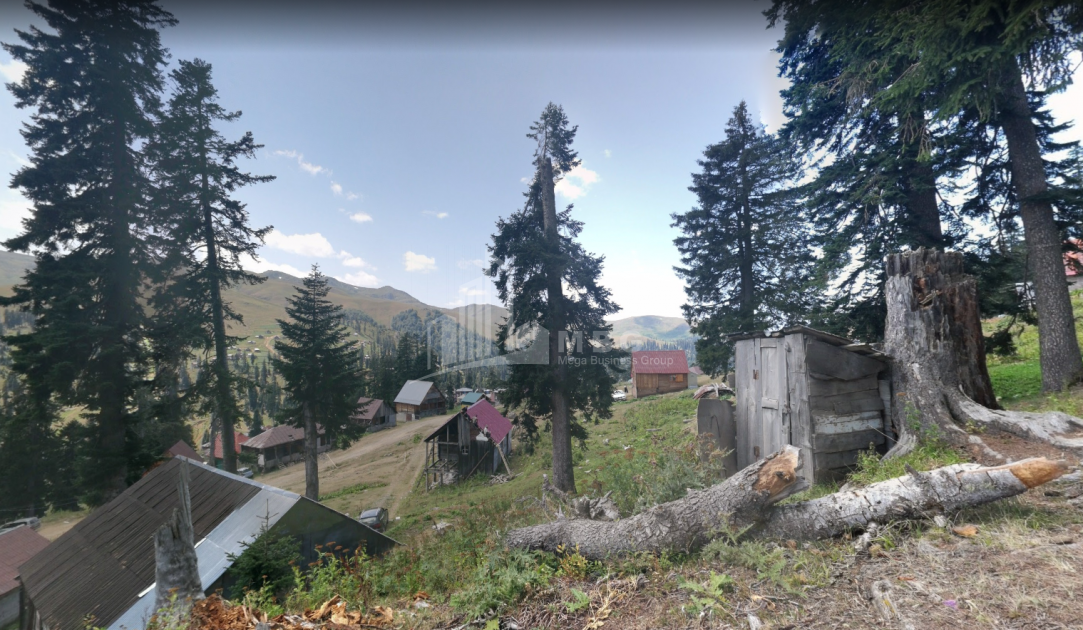
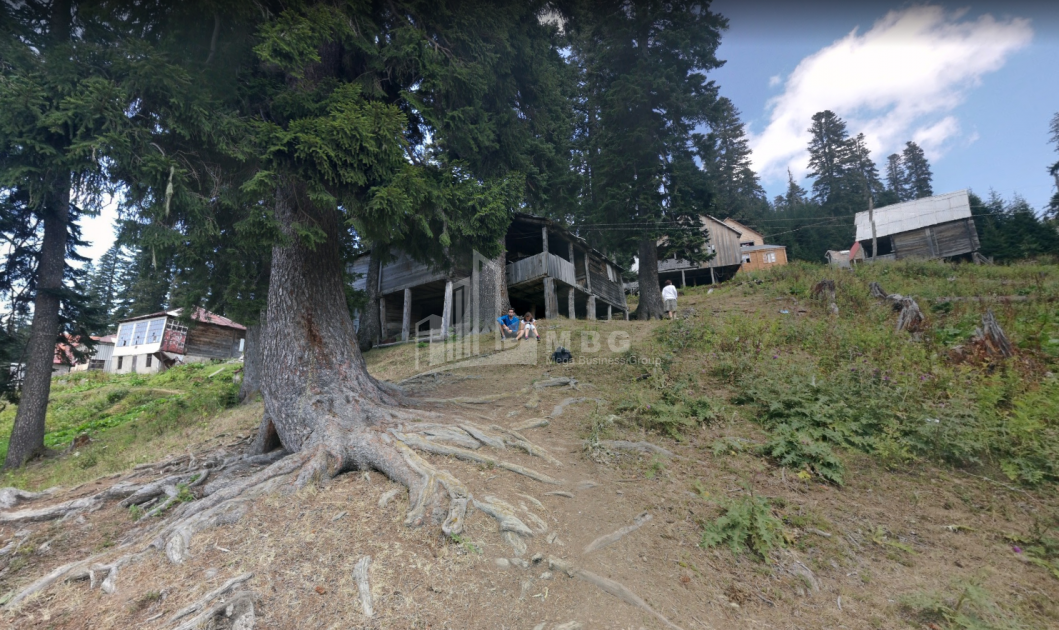

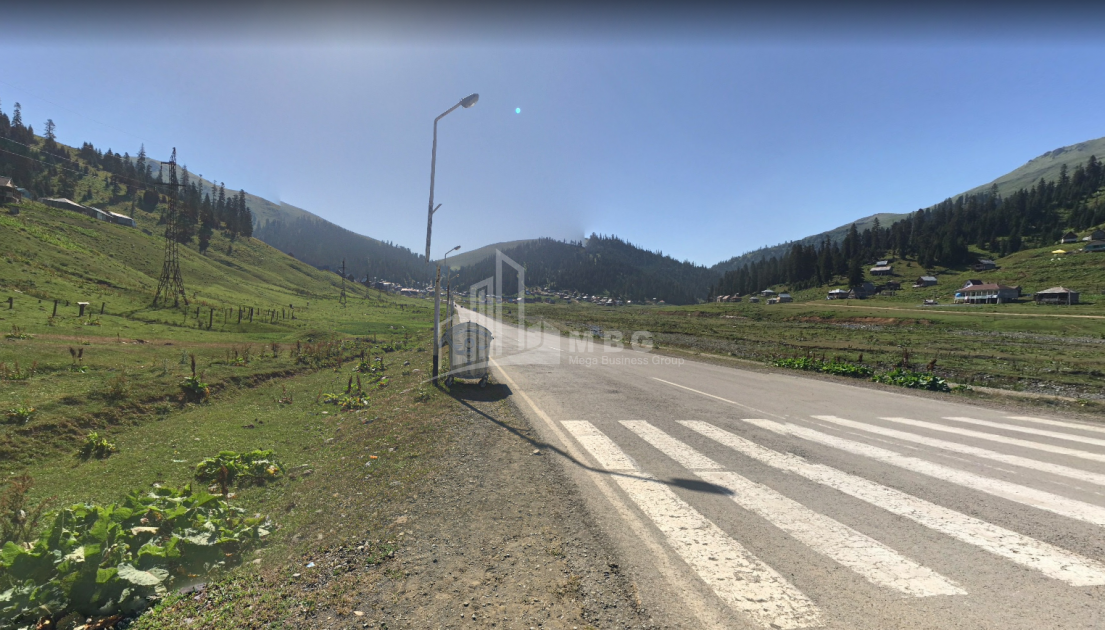
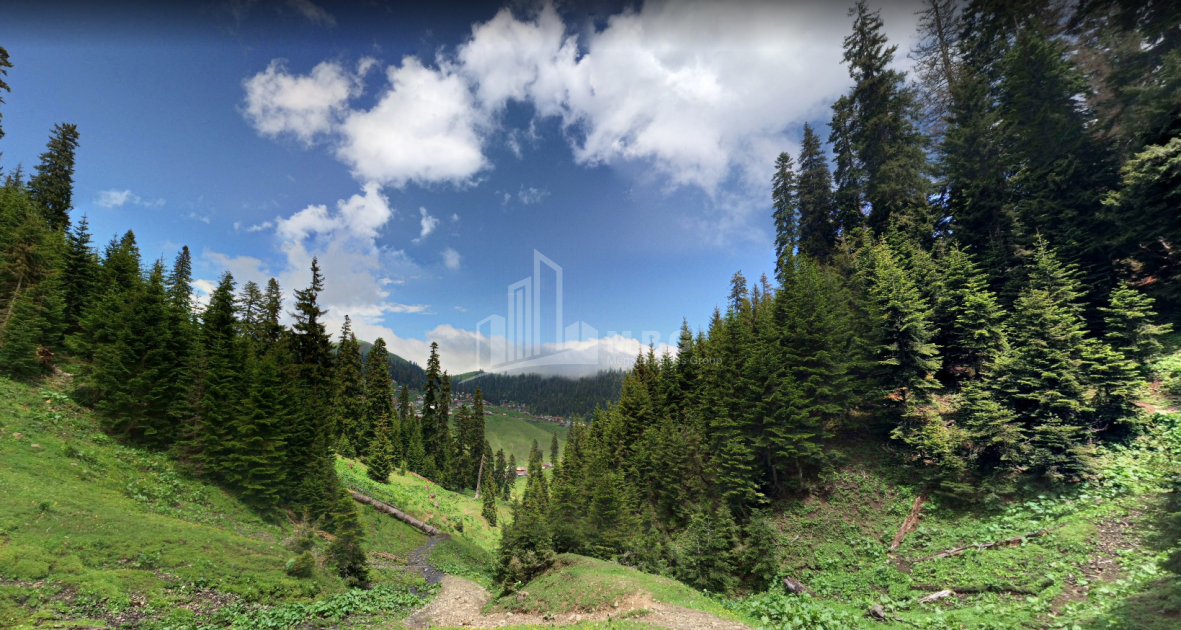
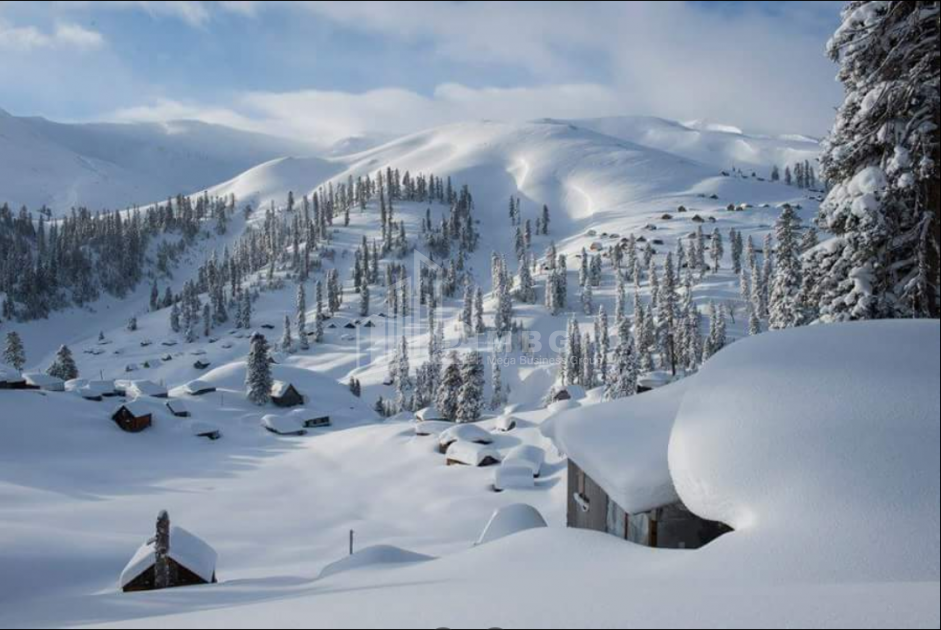



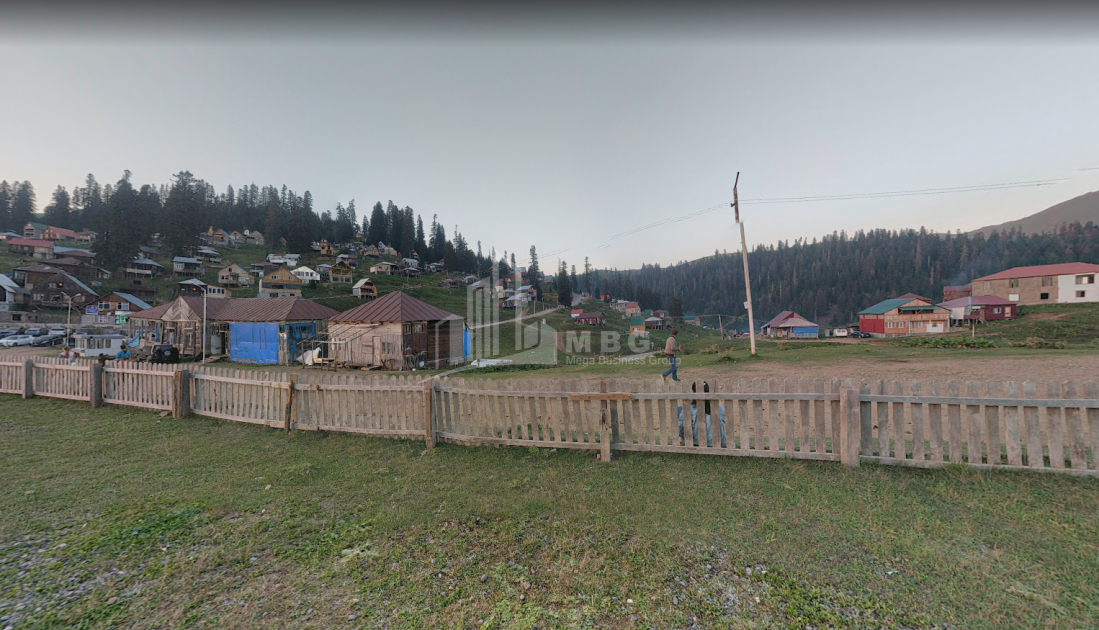
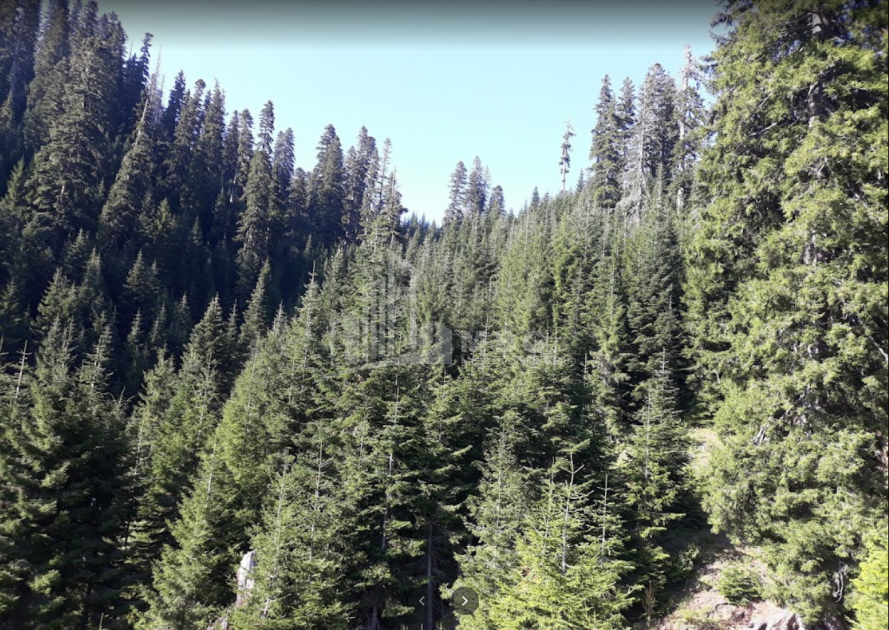
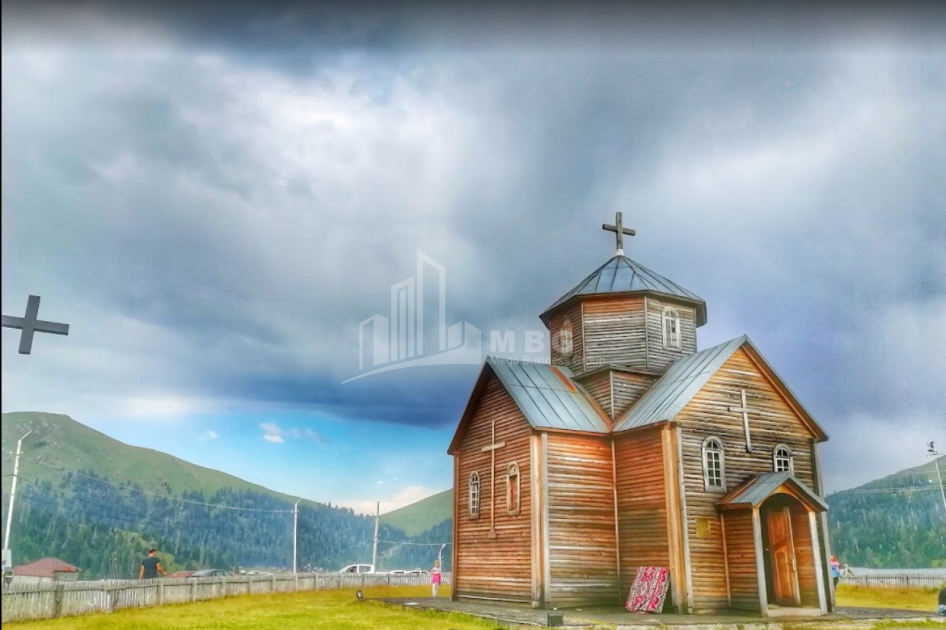
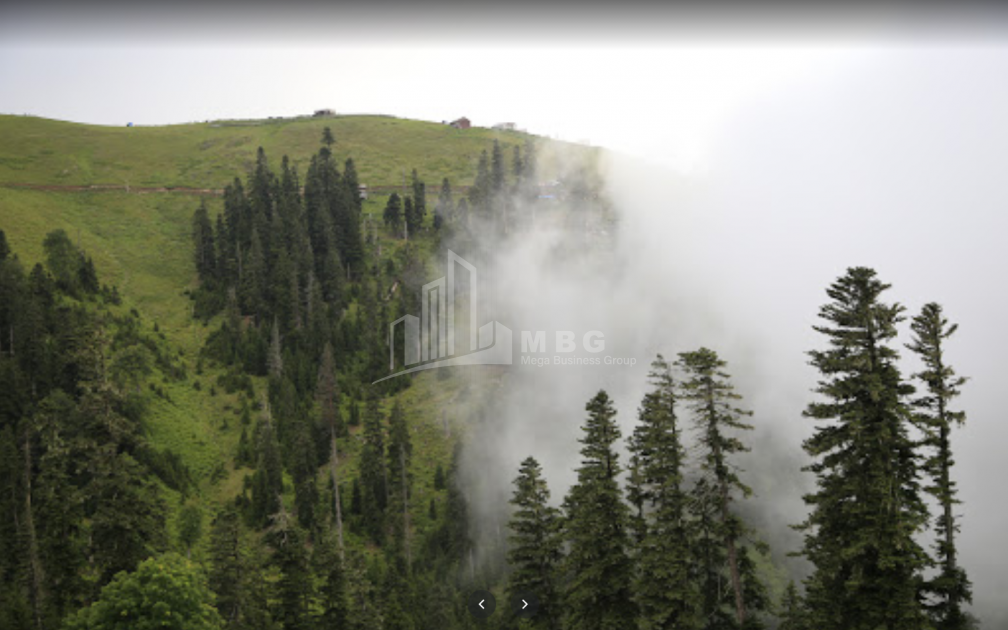
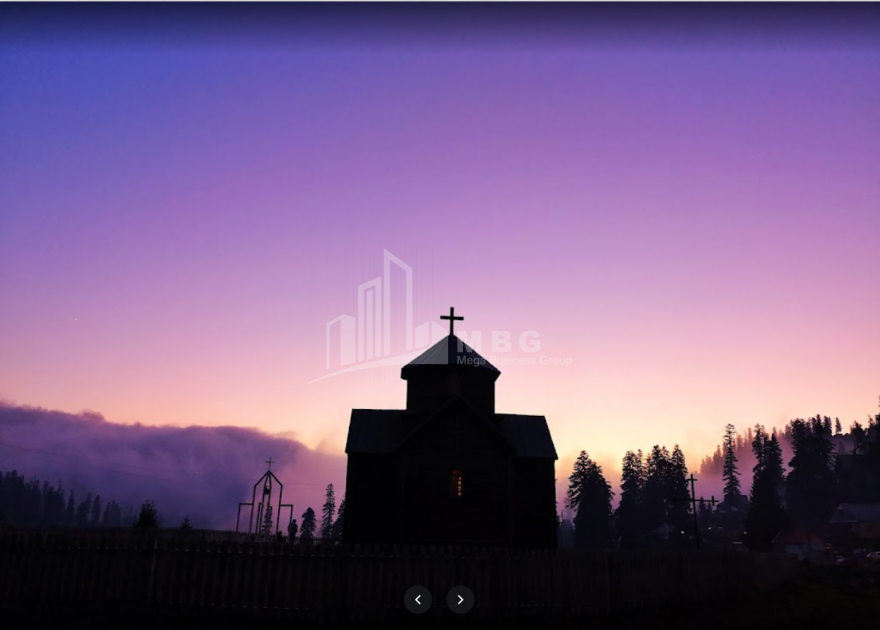


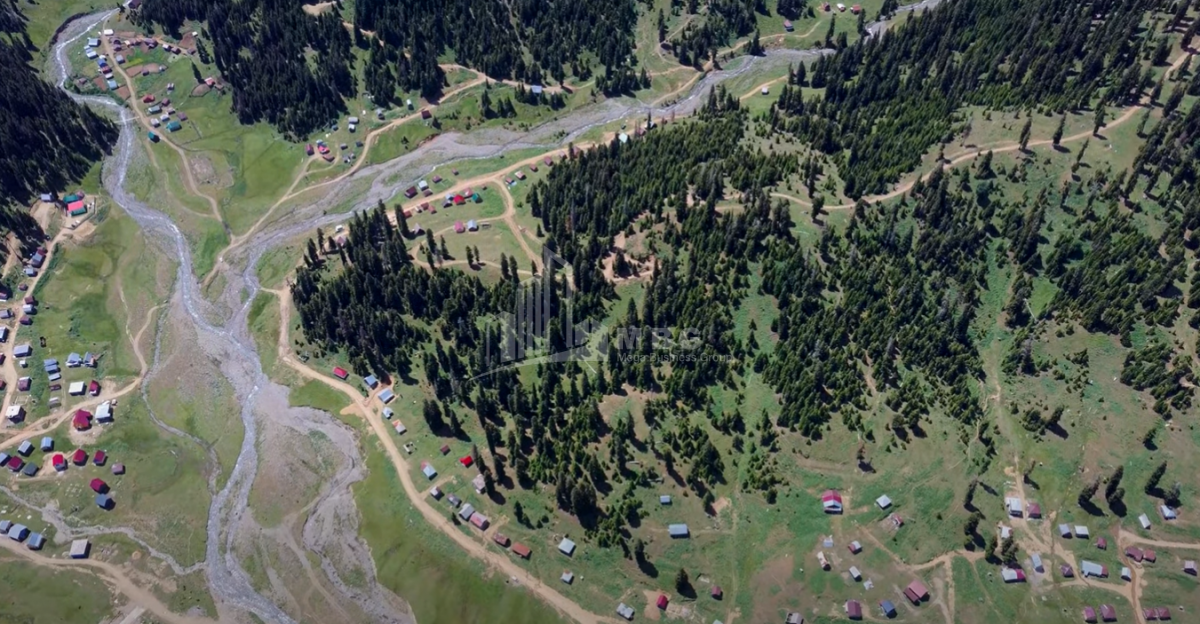
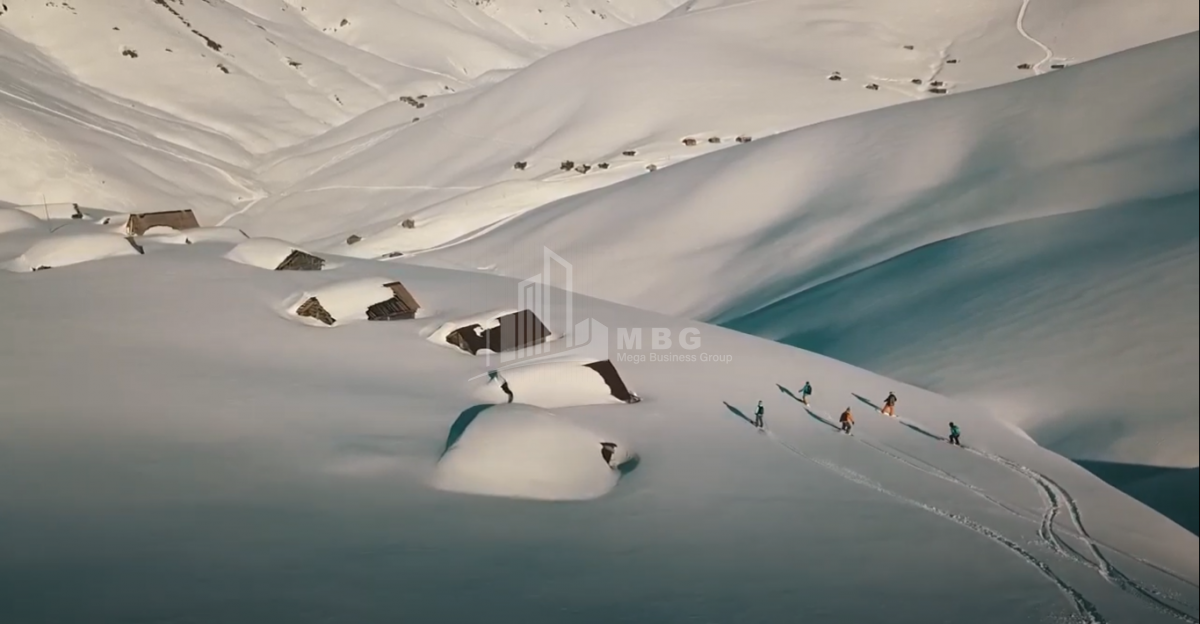
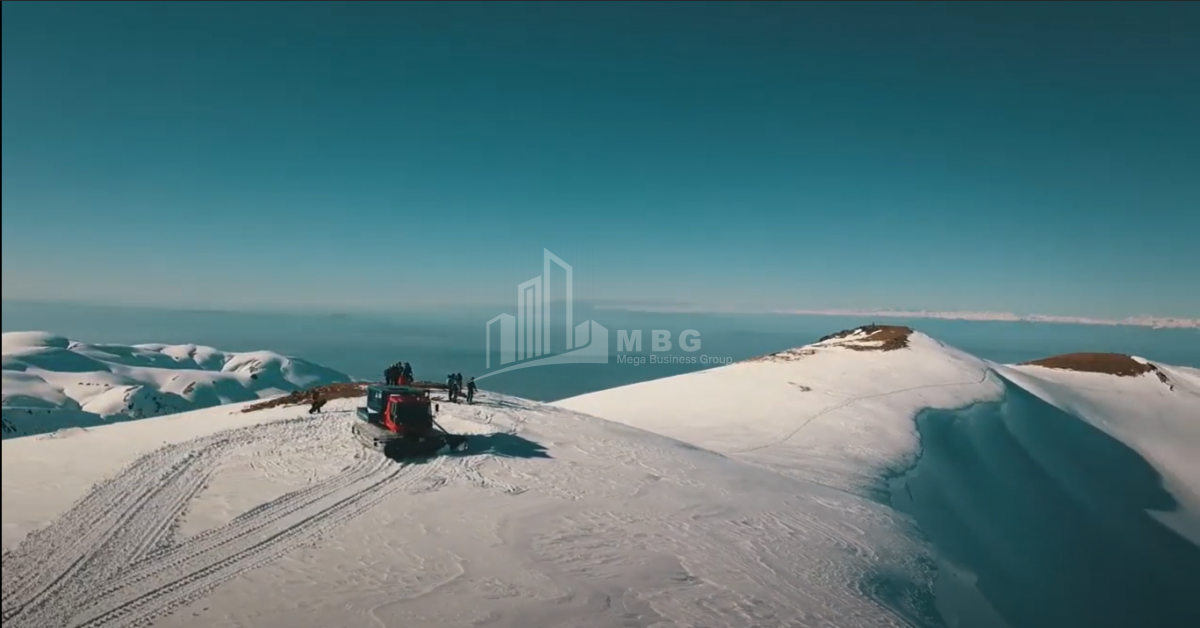
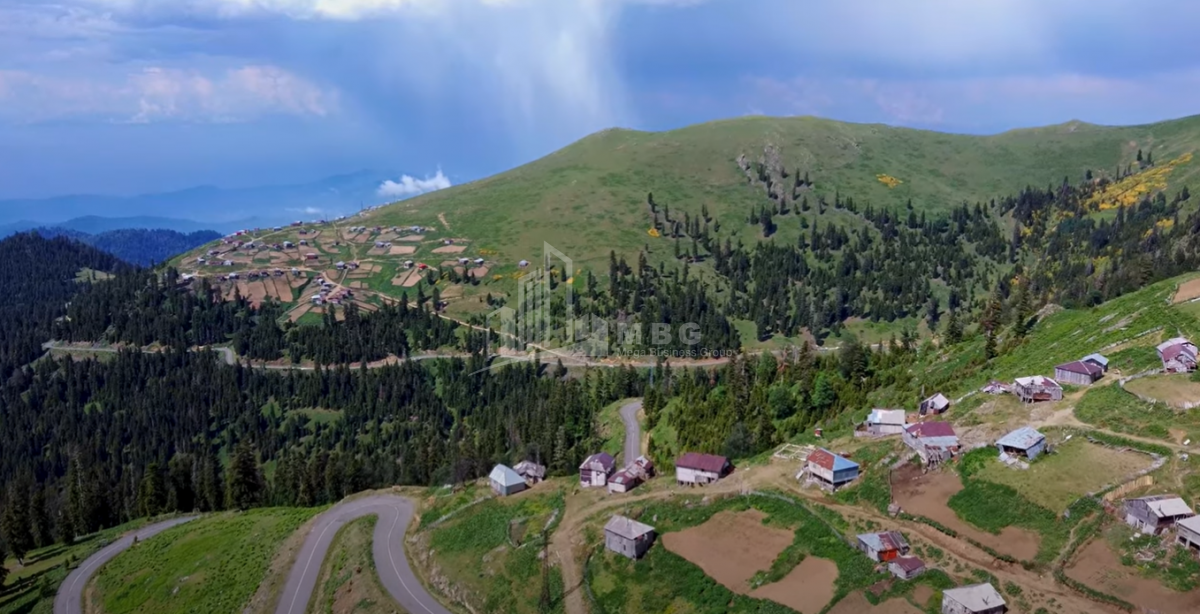
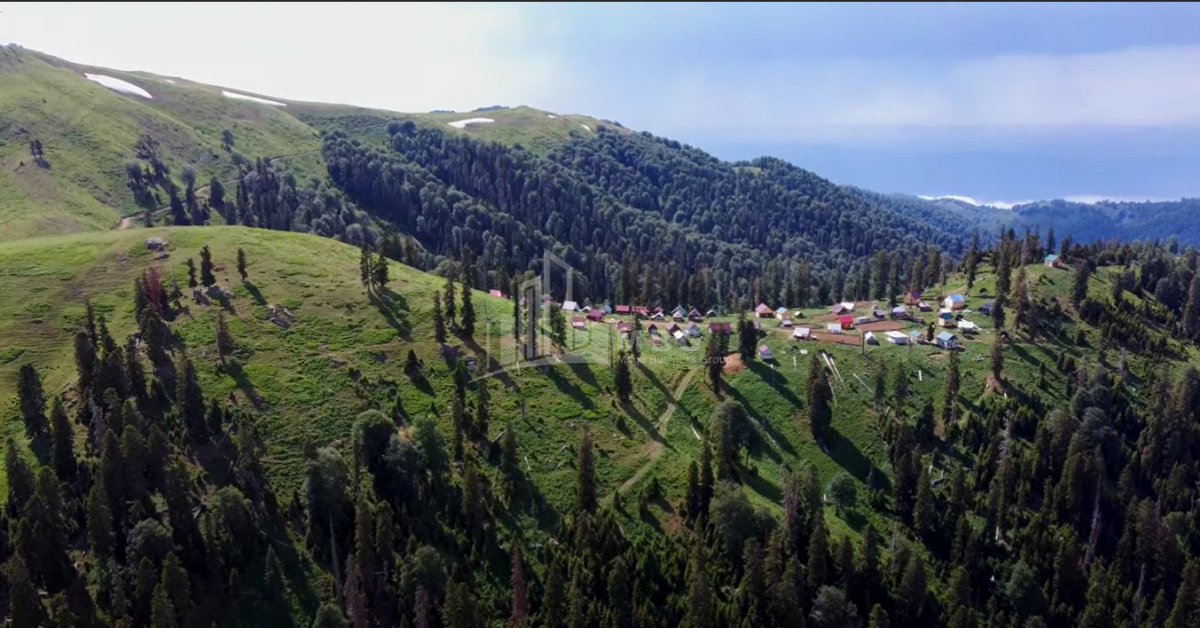
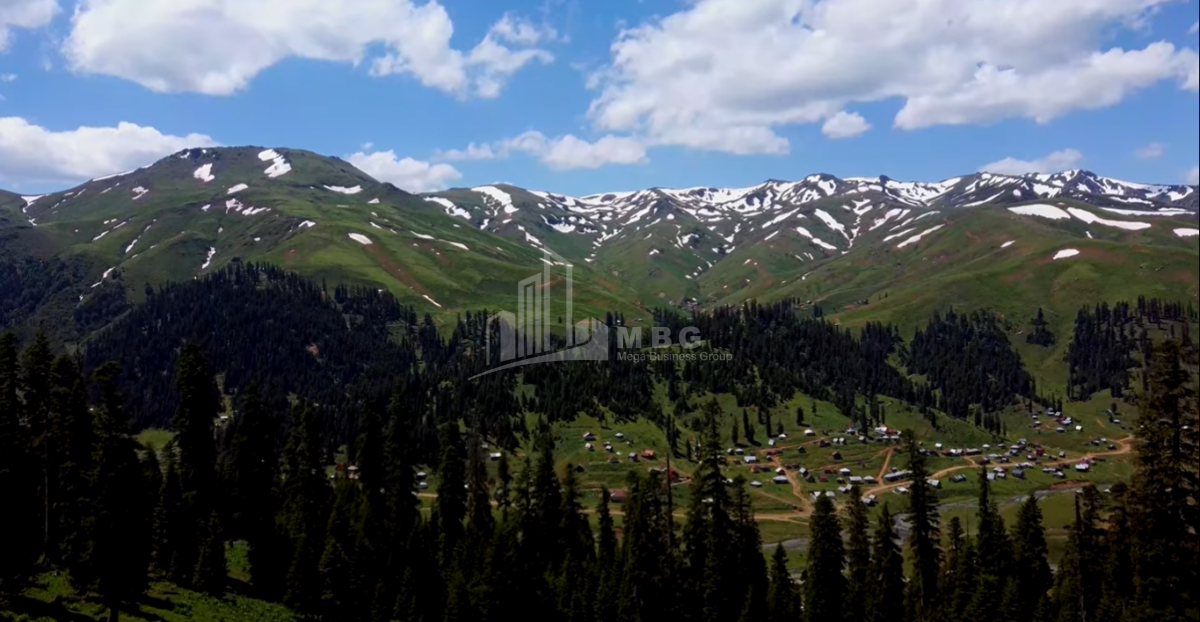




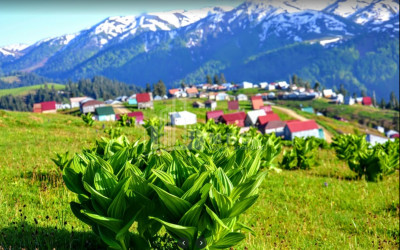

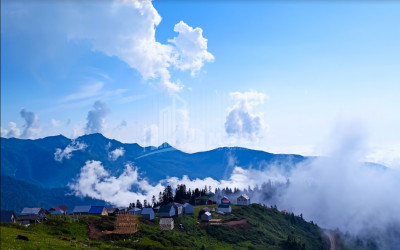



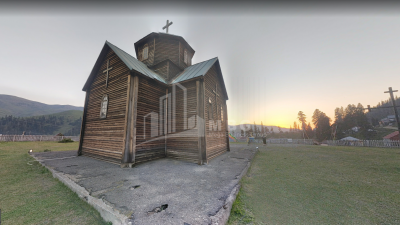













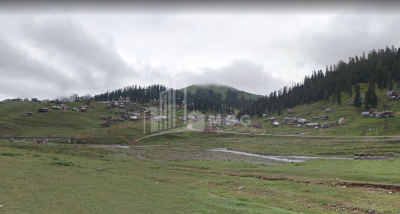


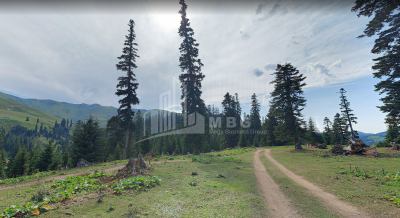

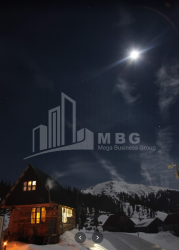











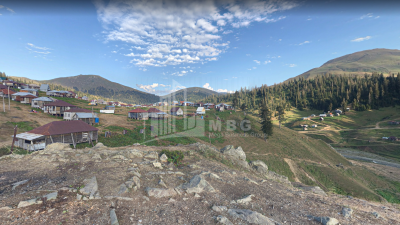








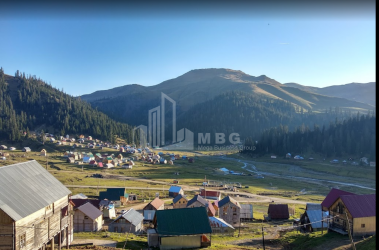



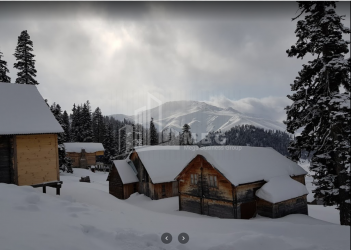
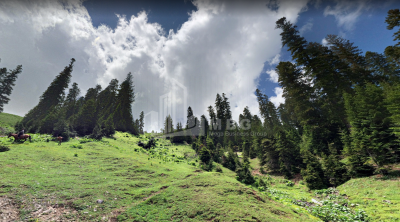
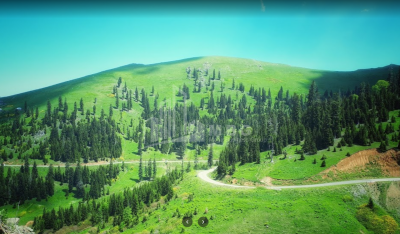





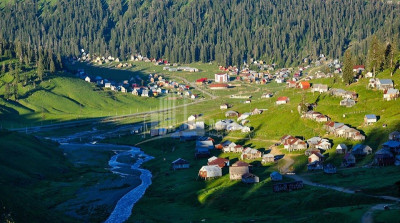
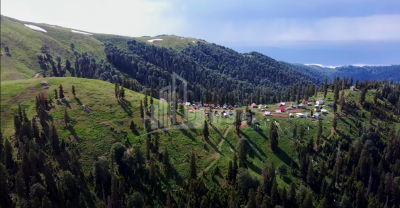






 25536
25536








 Tskhvarichamia
Tskhvarichamia
